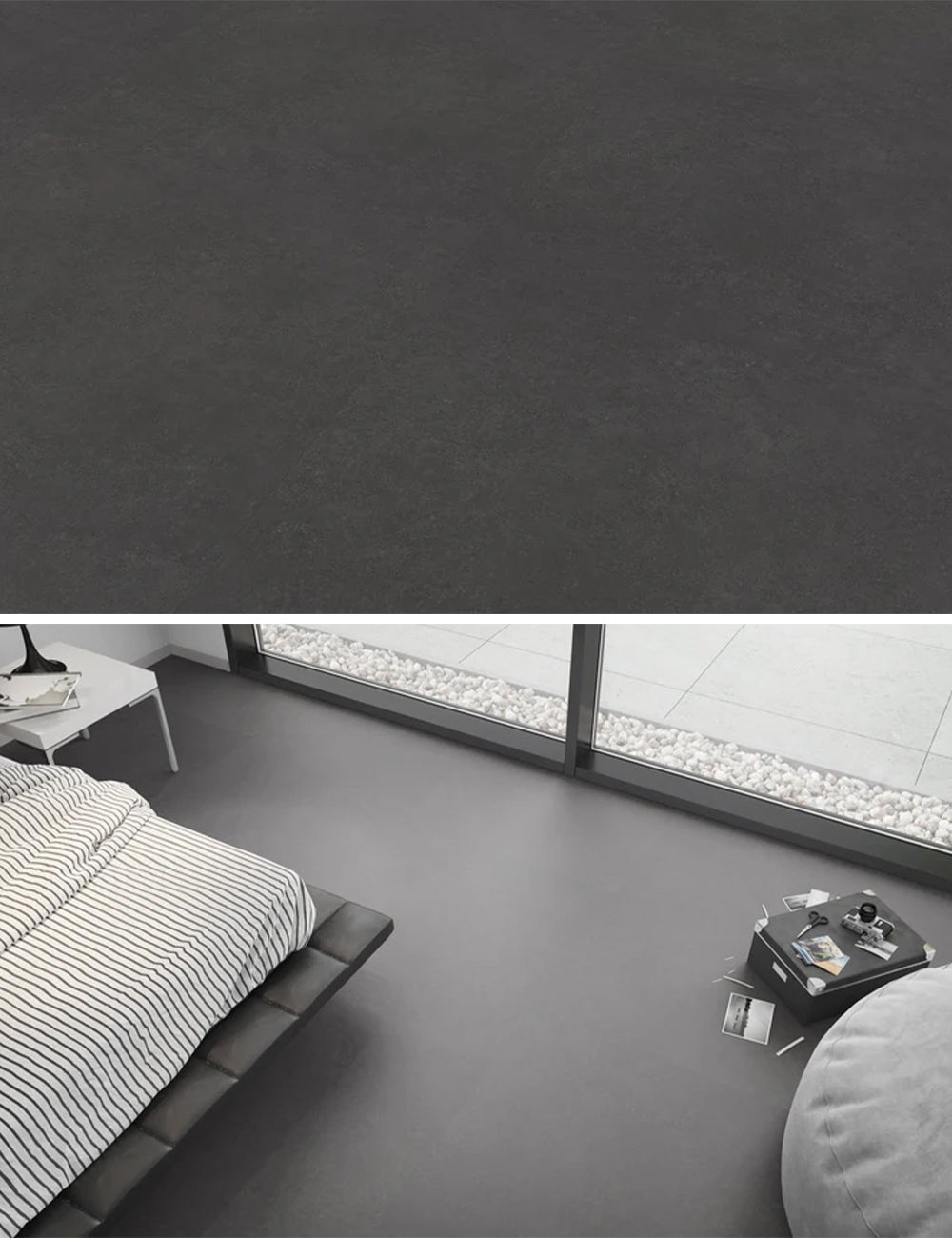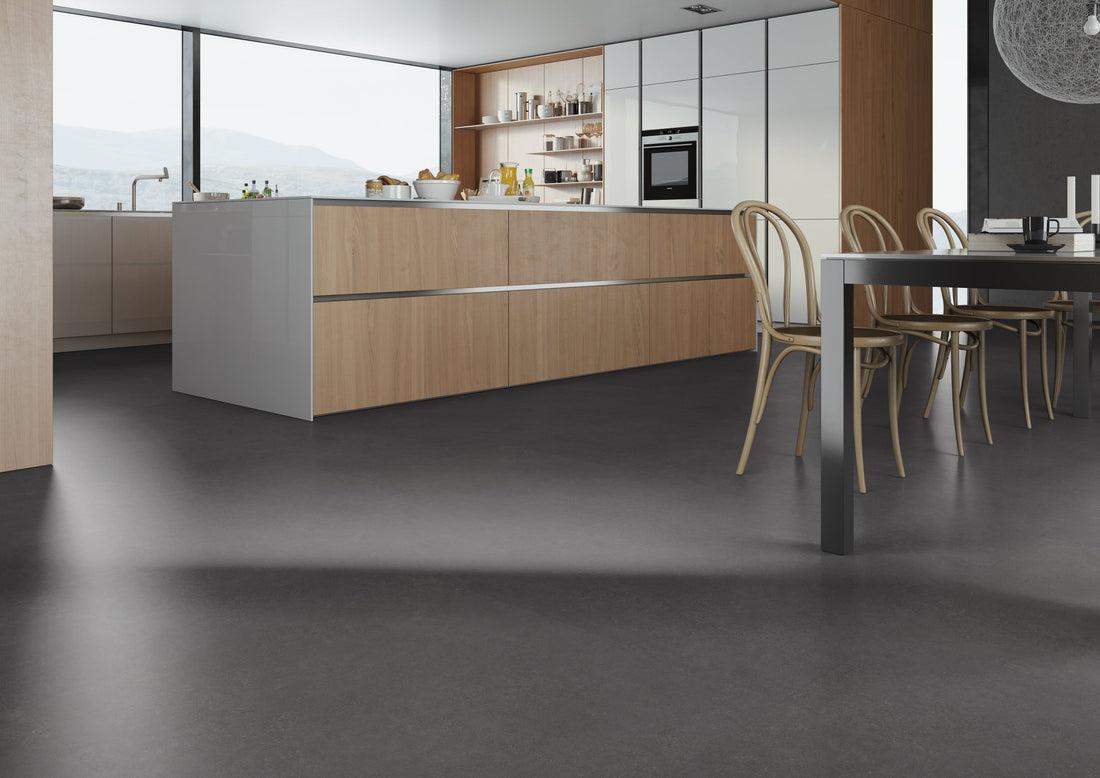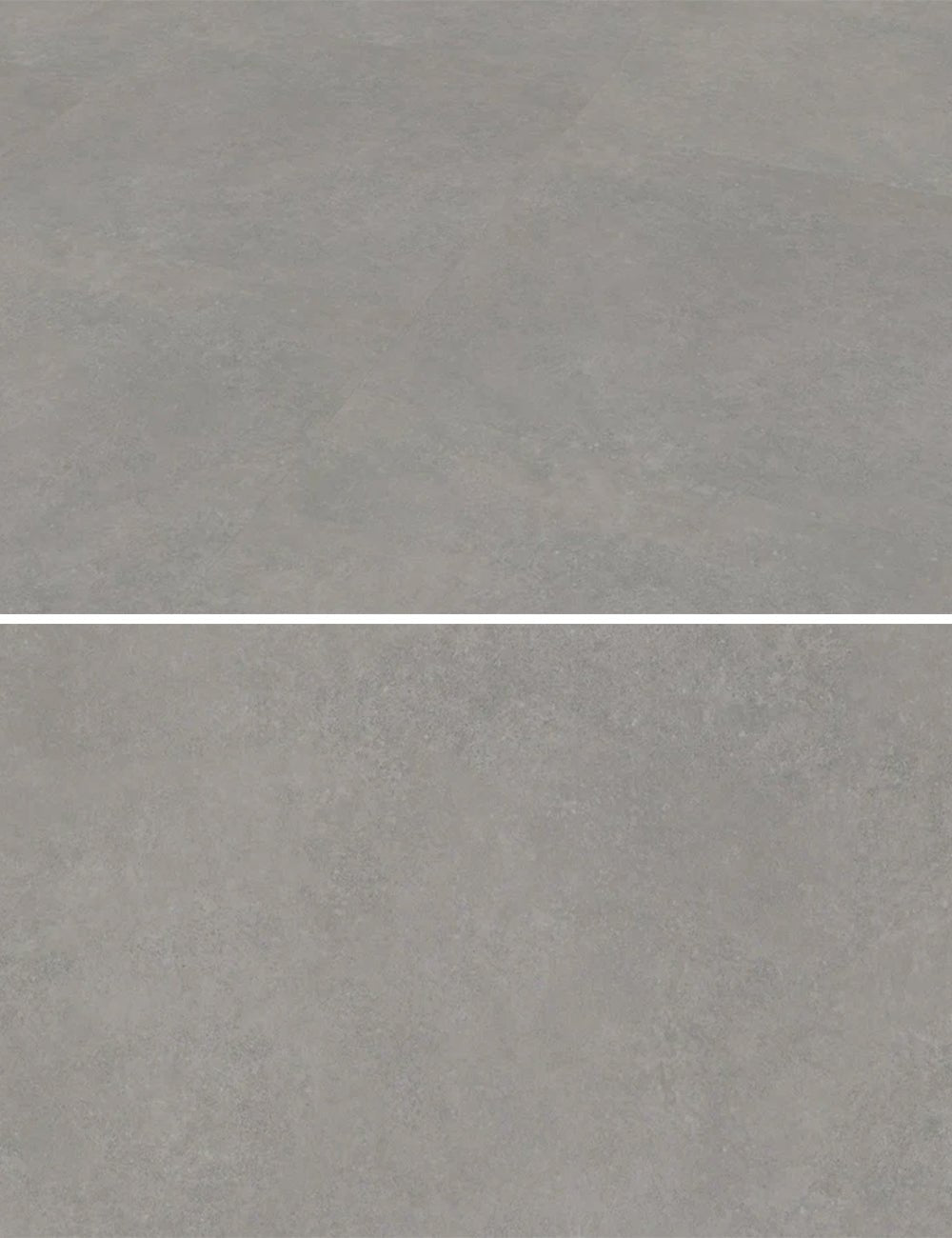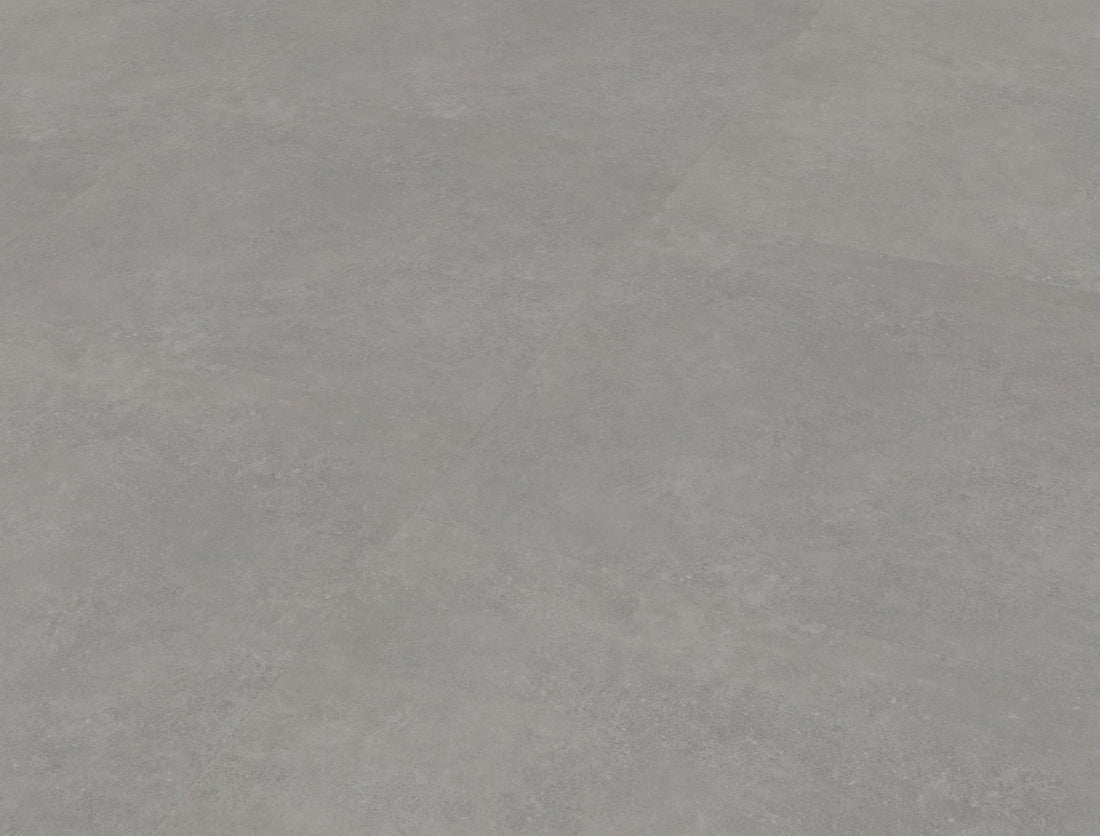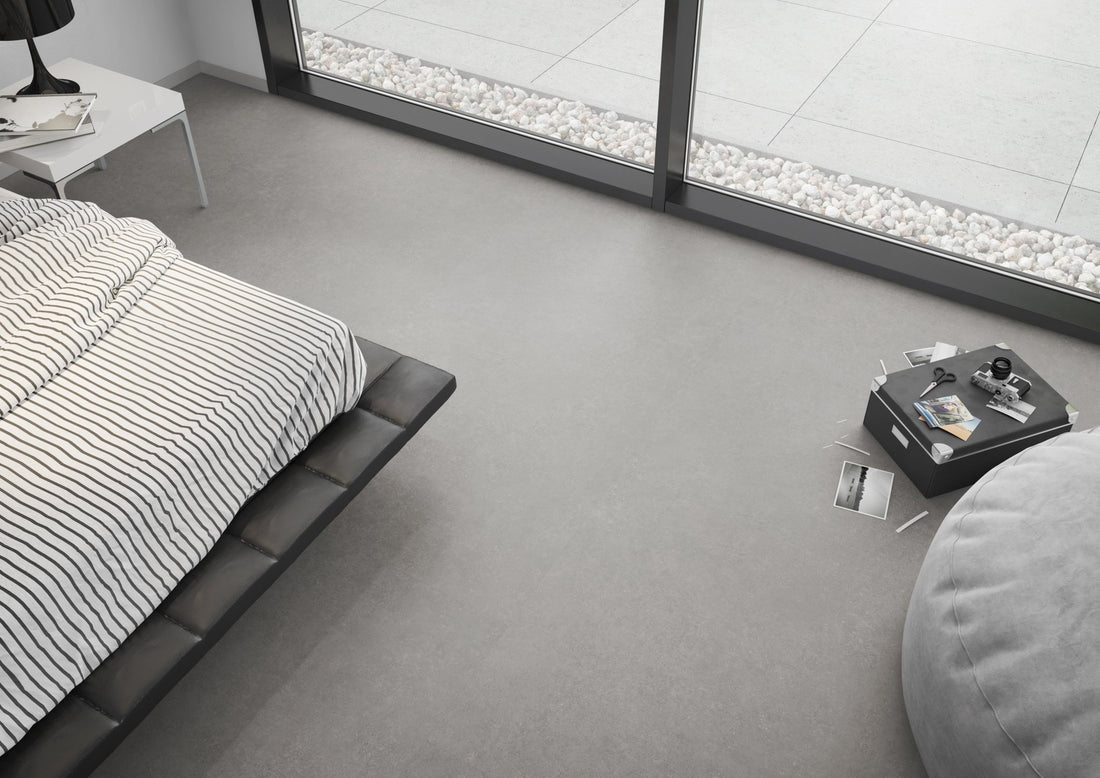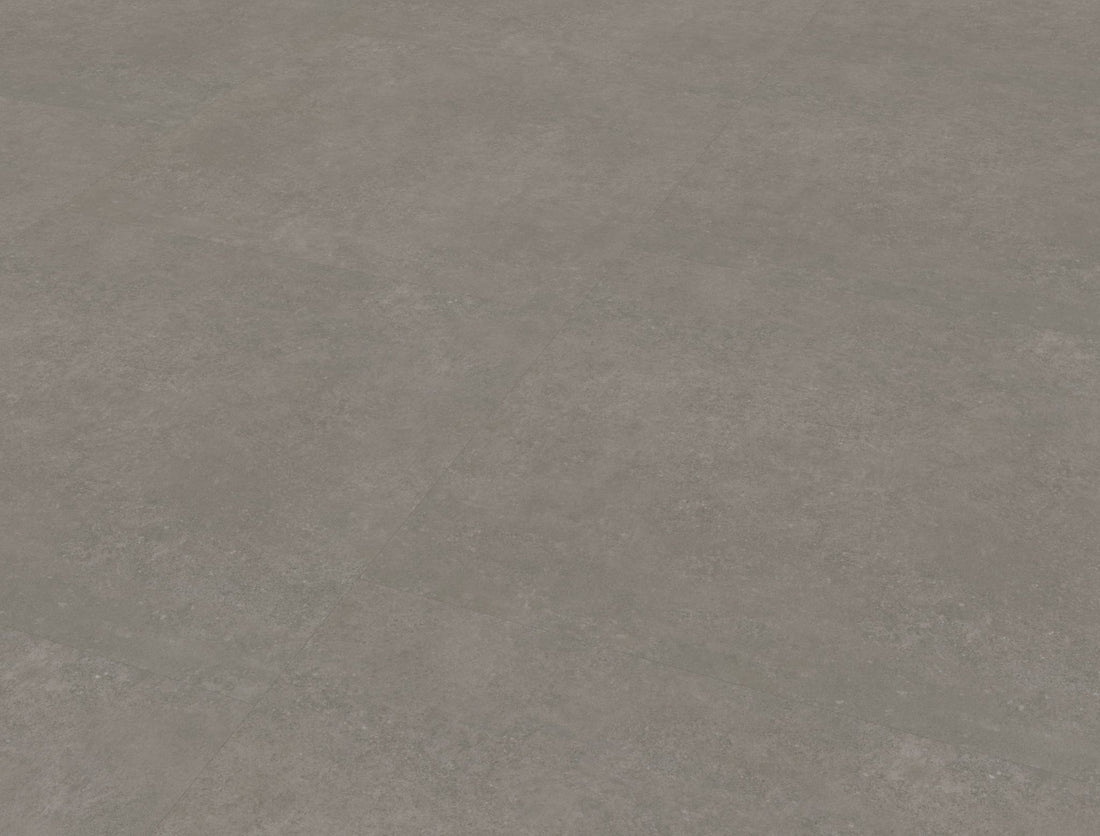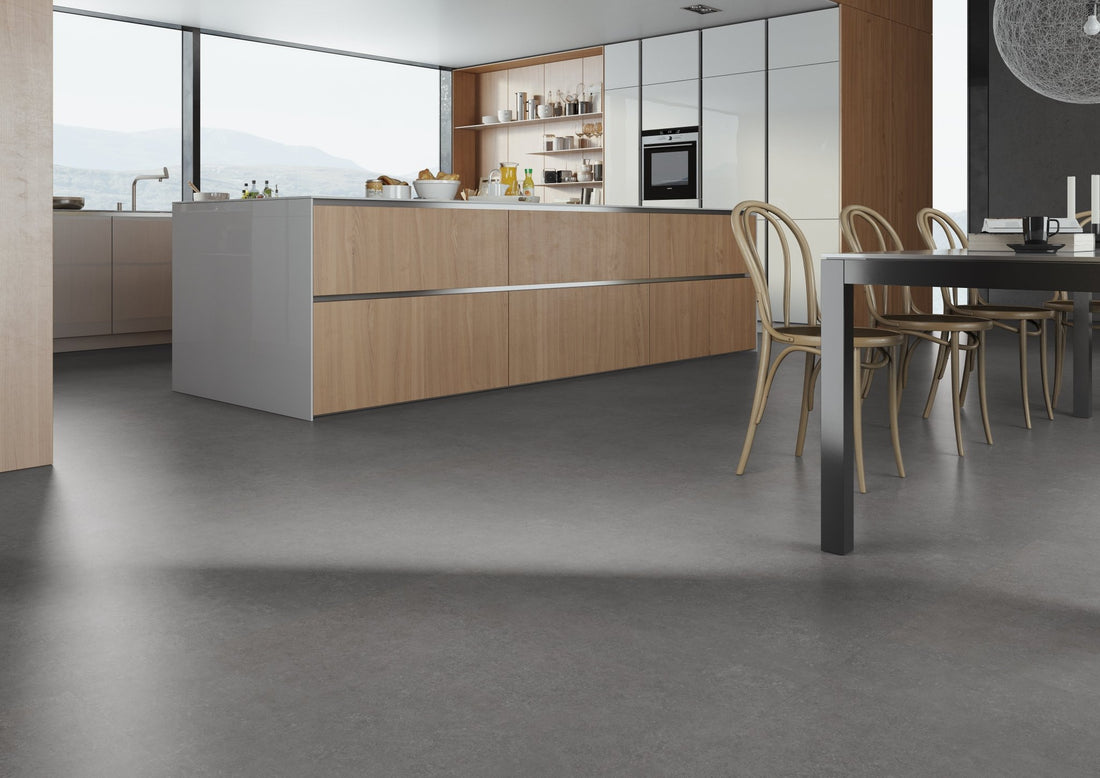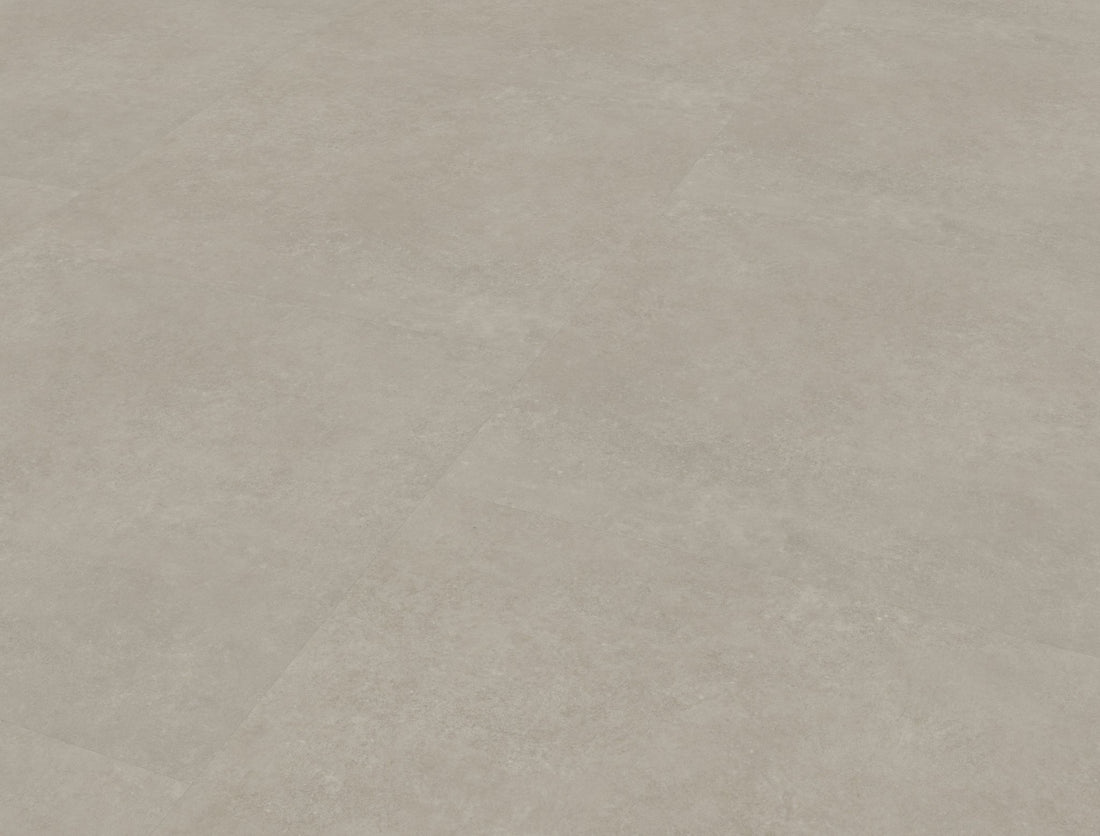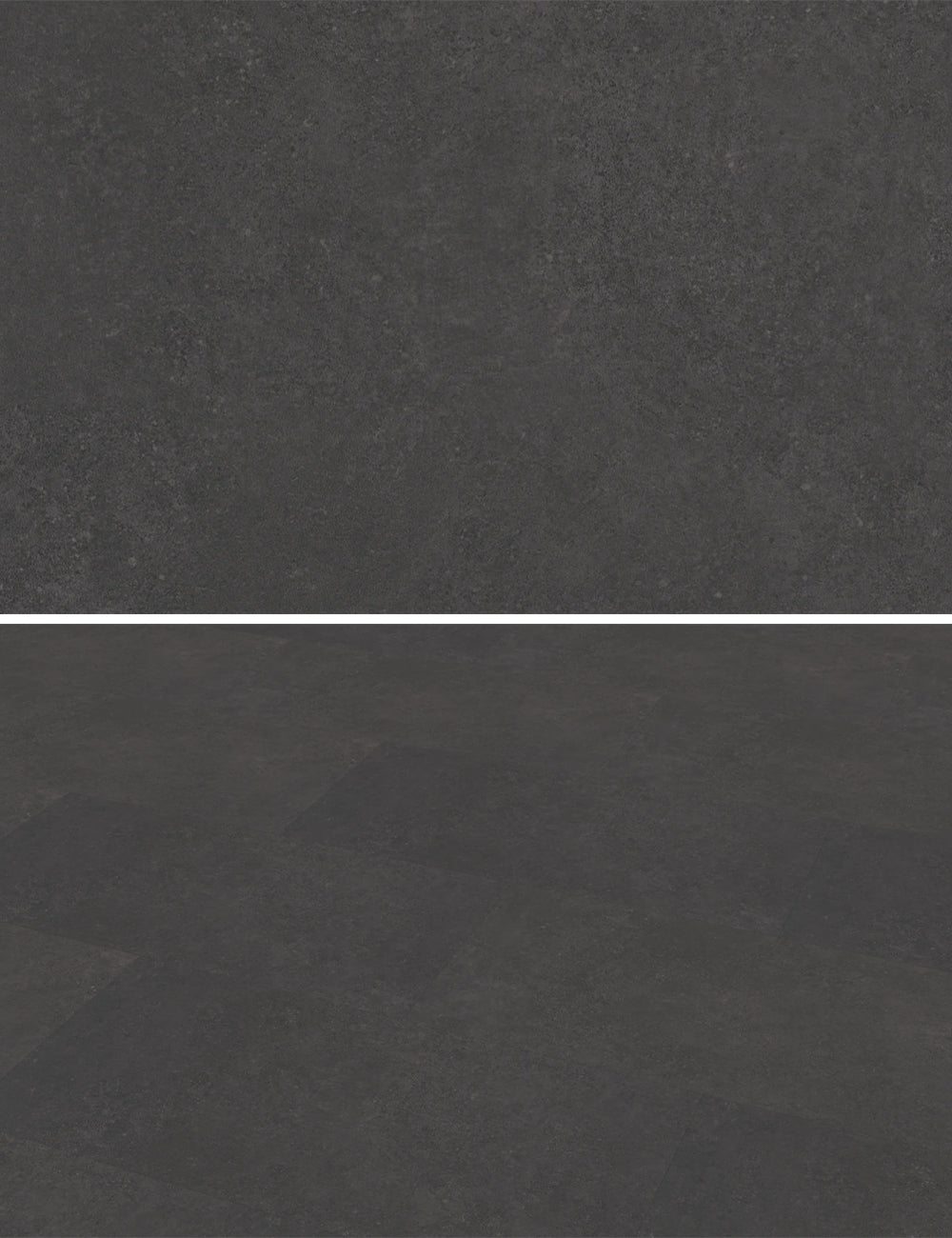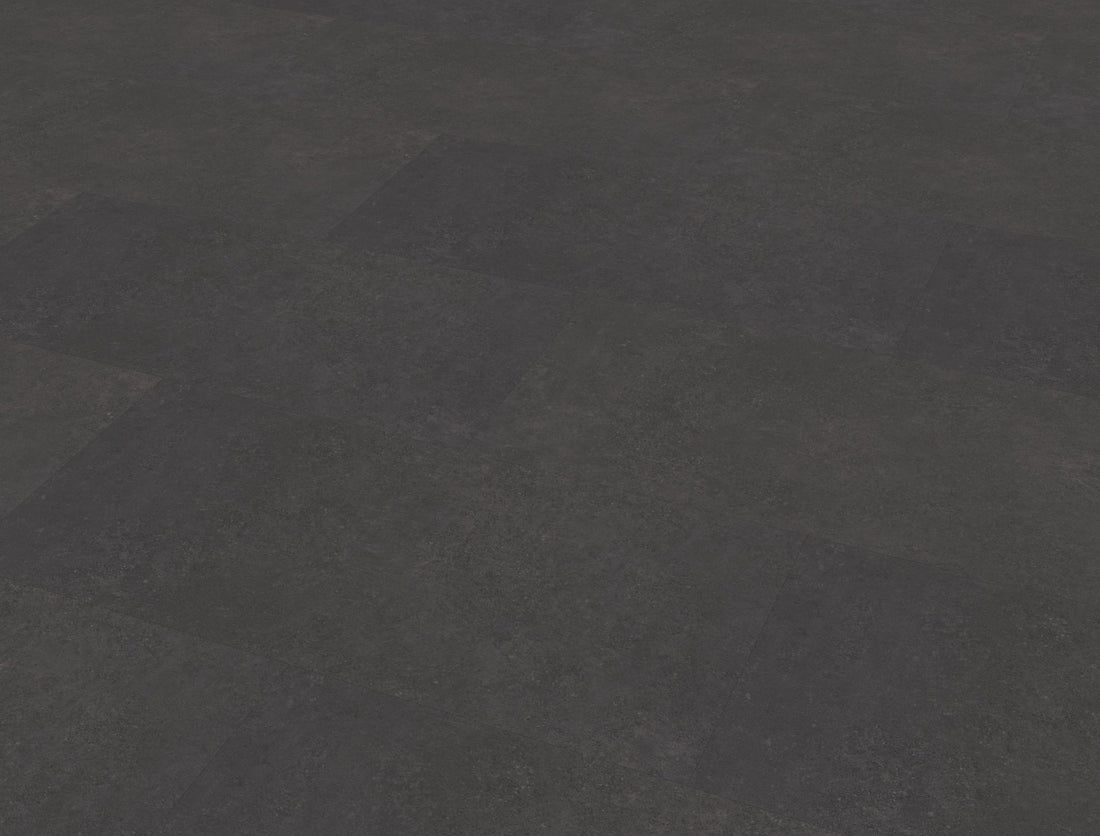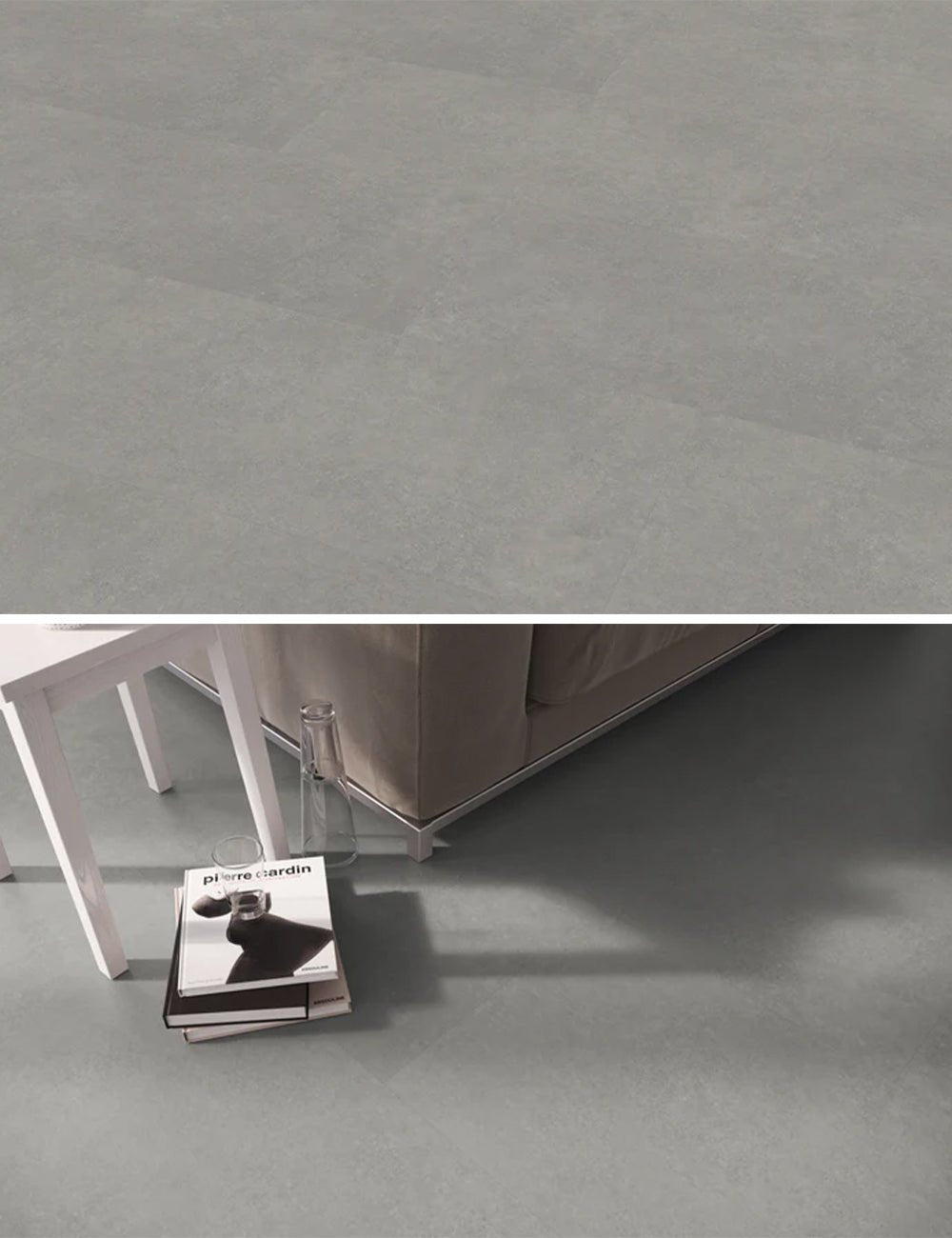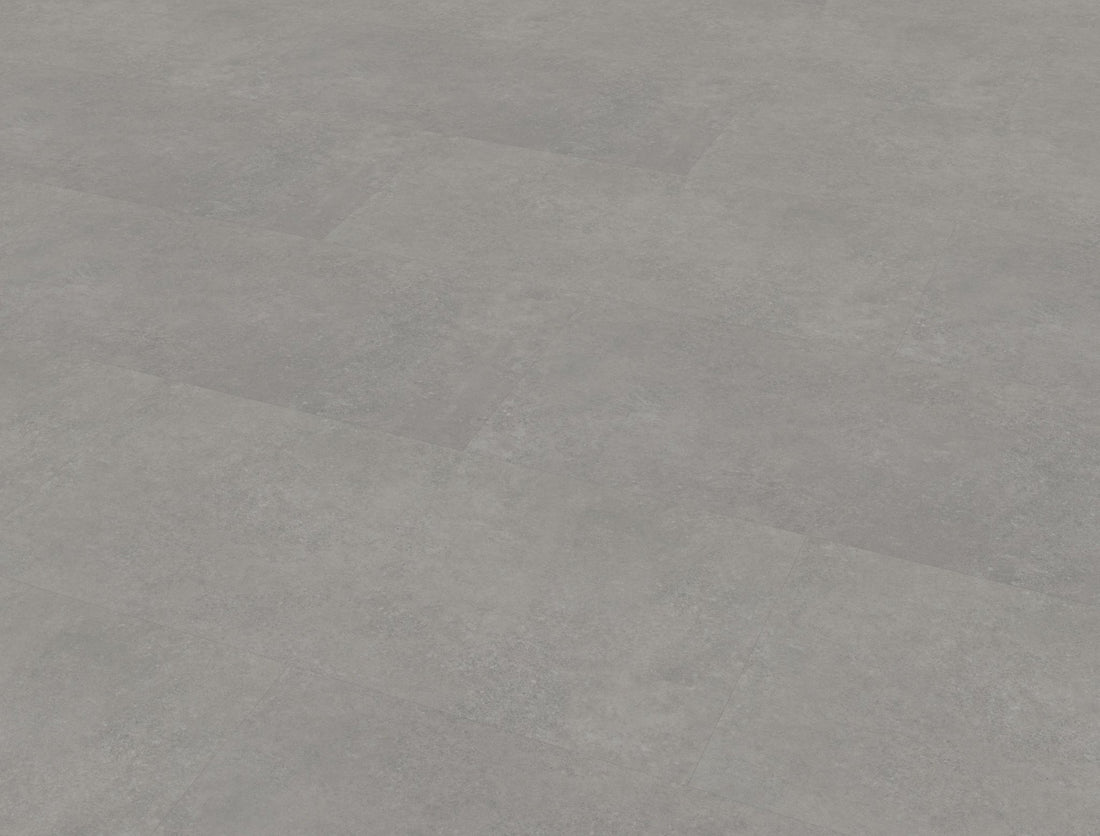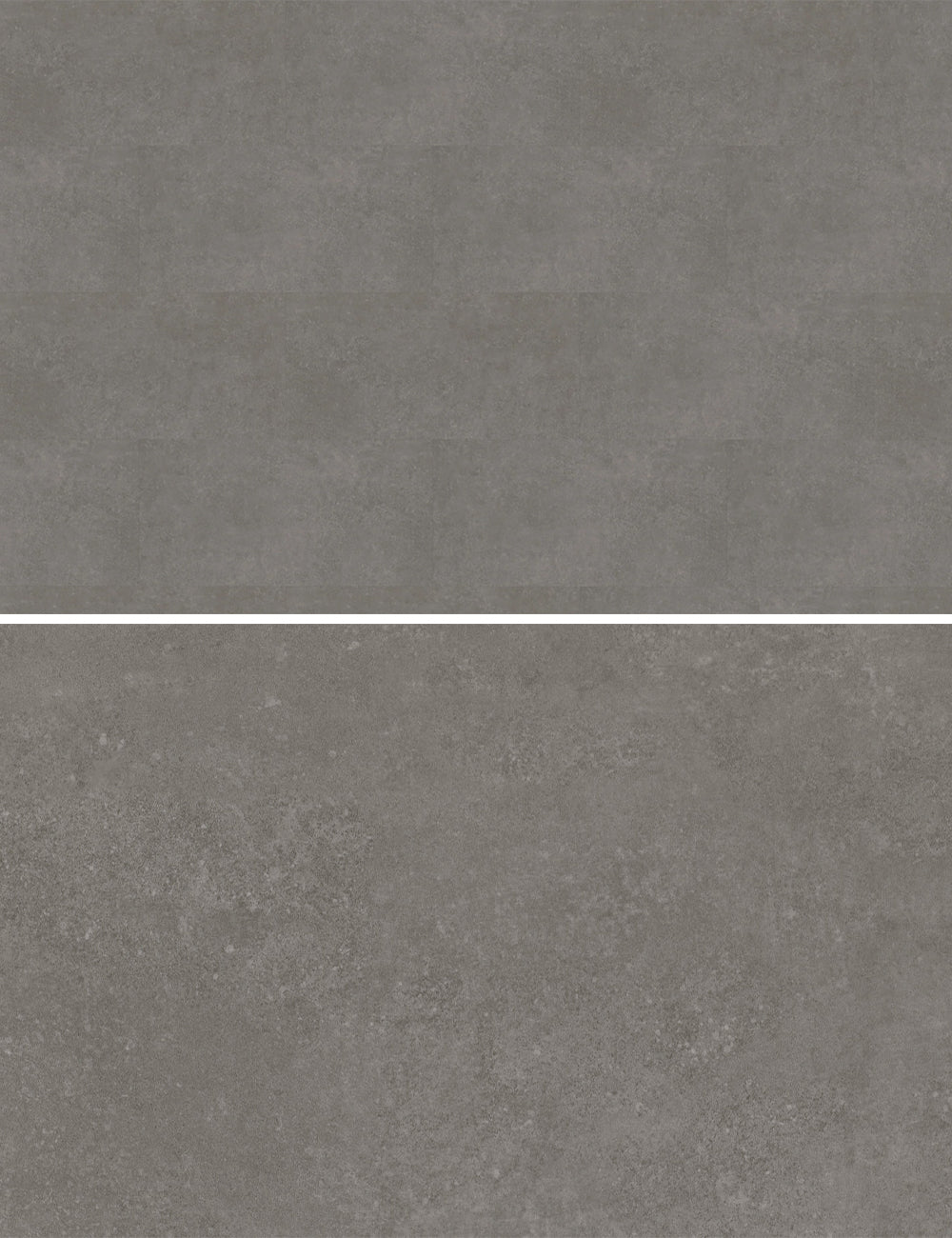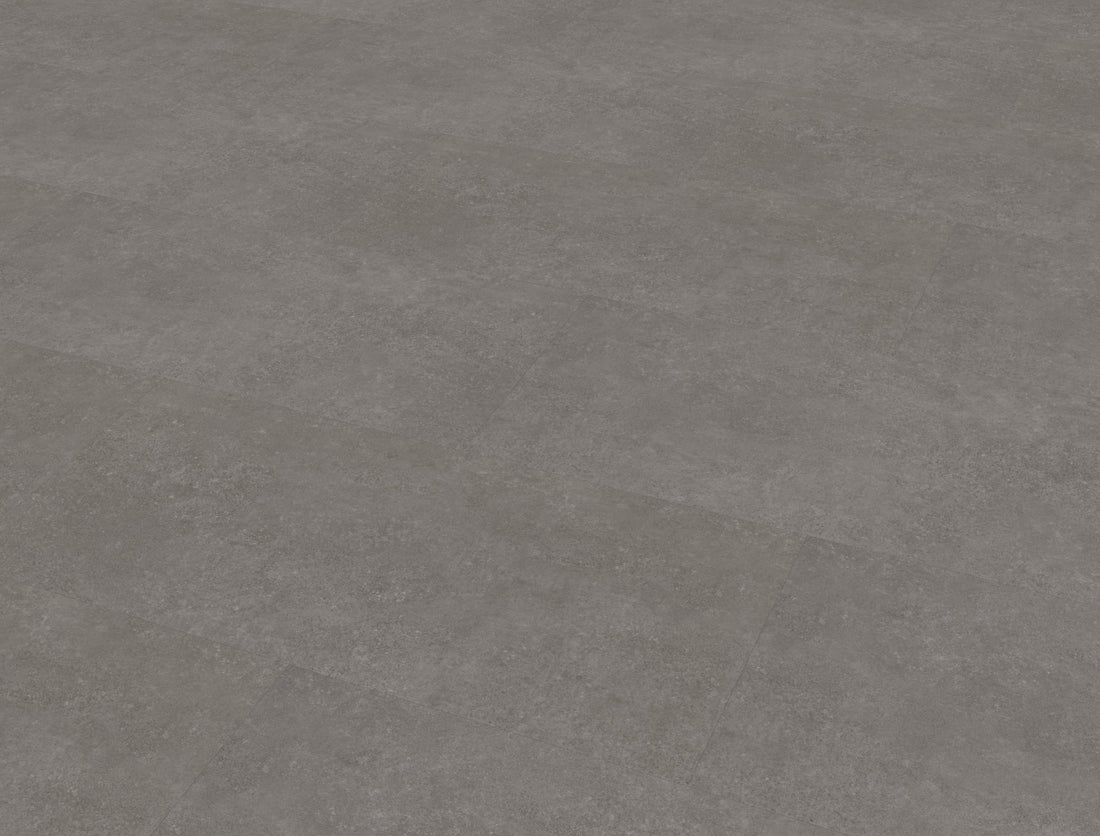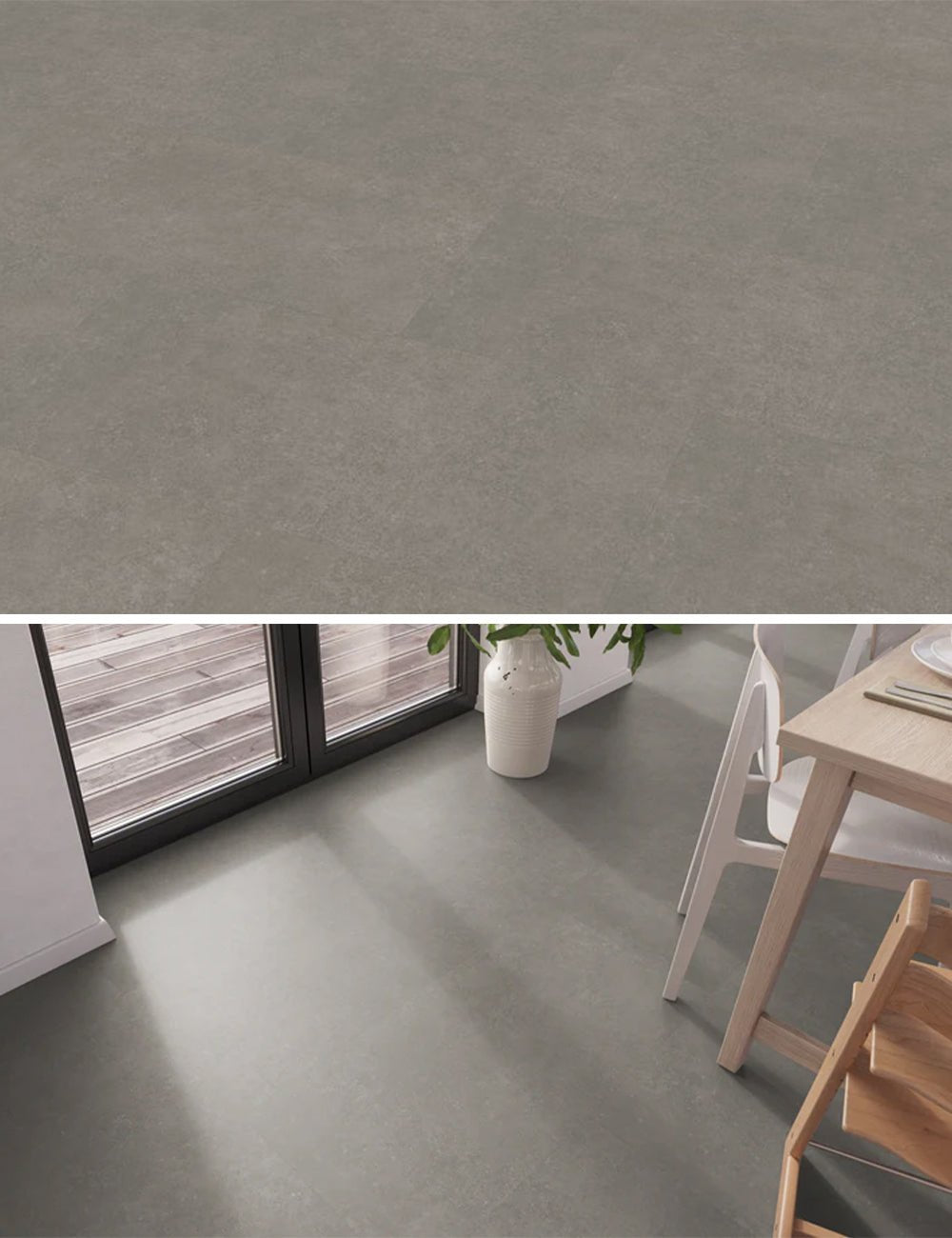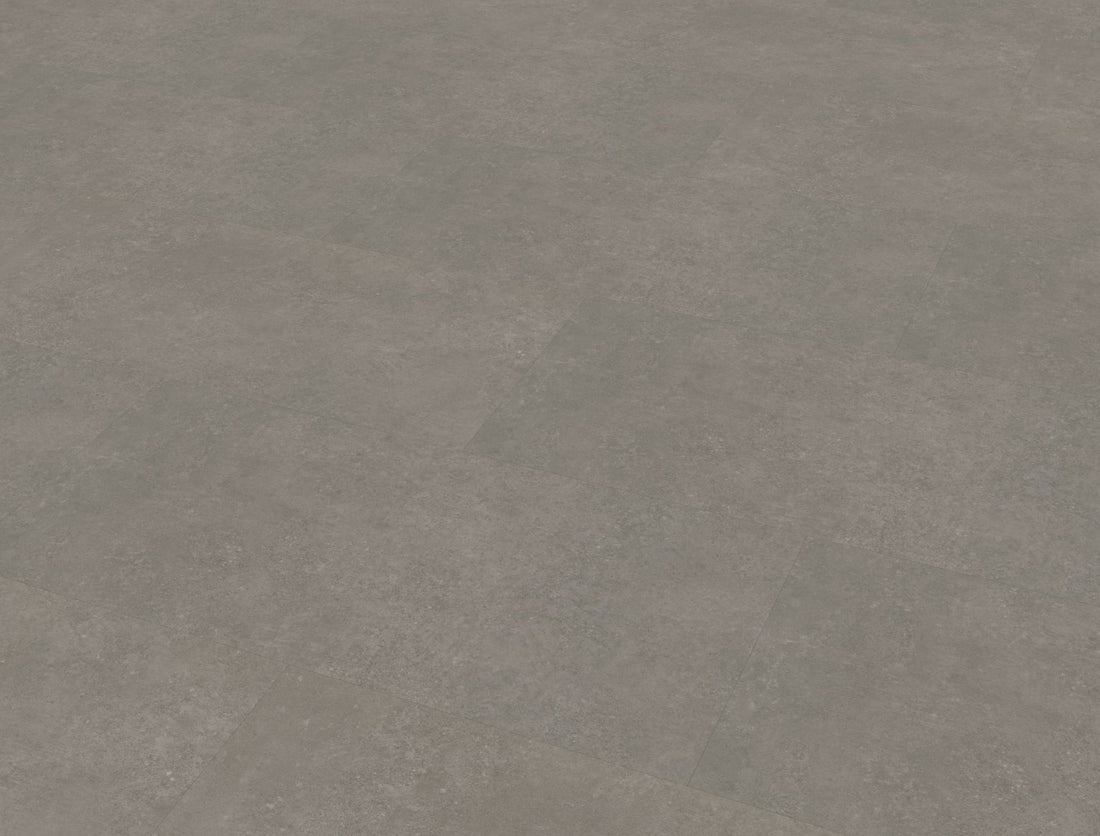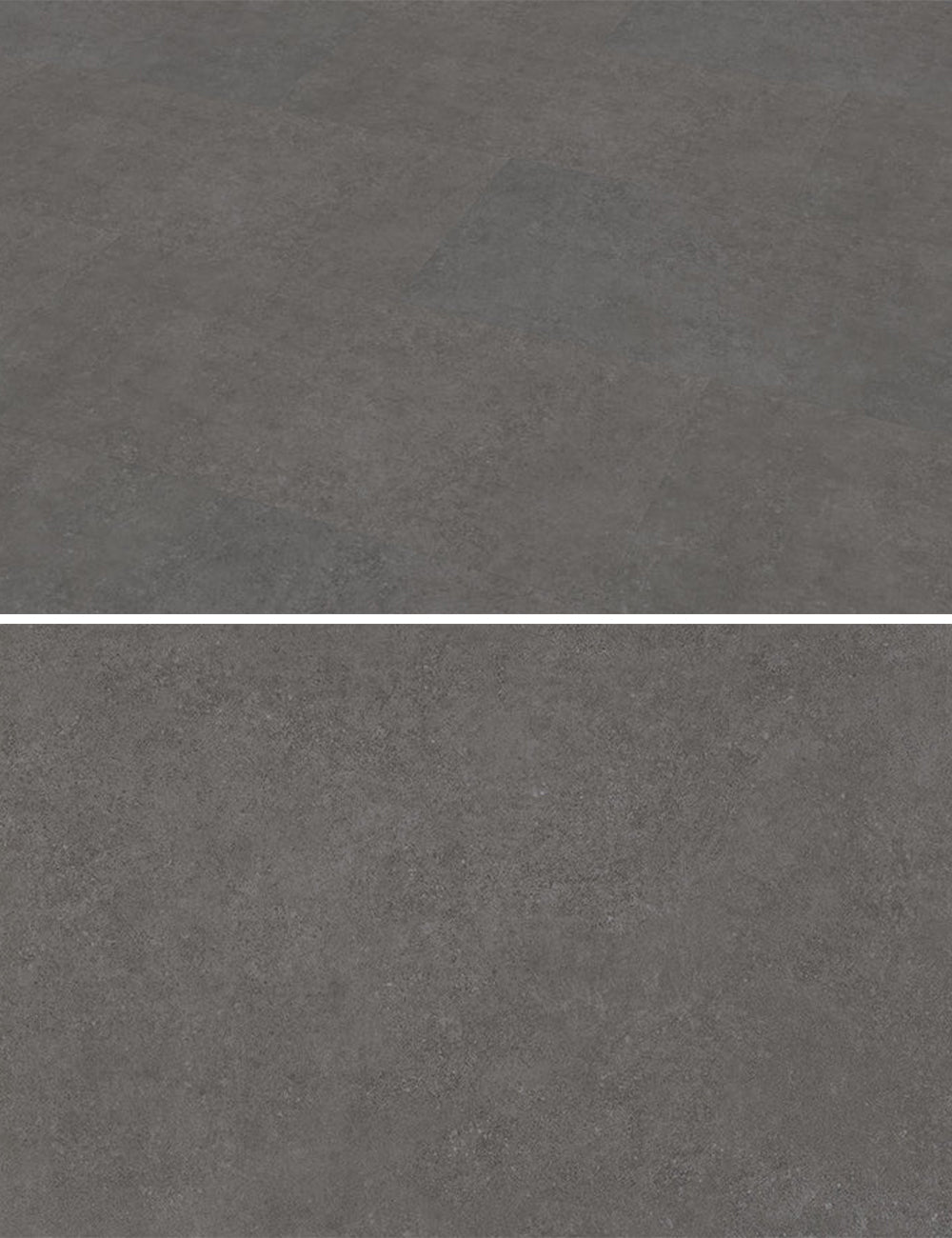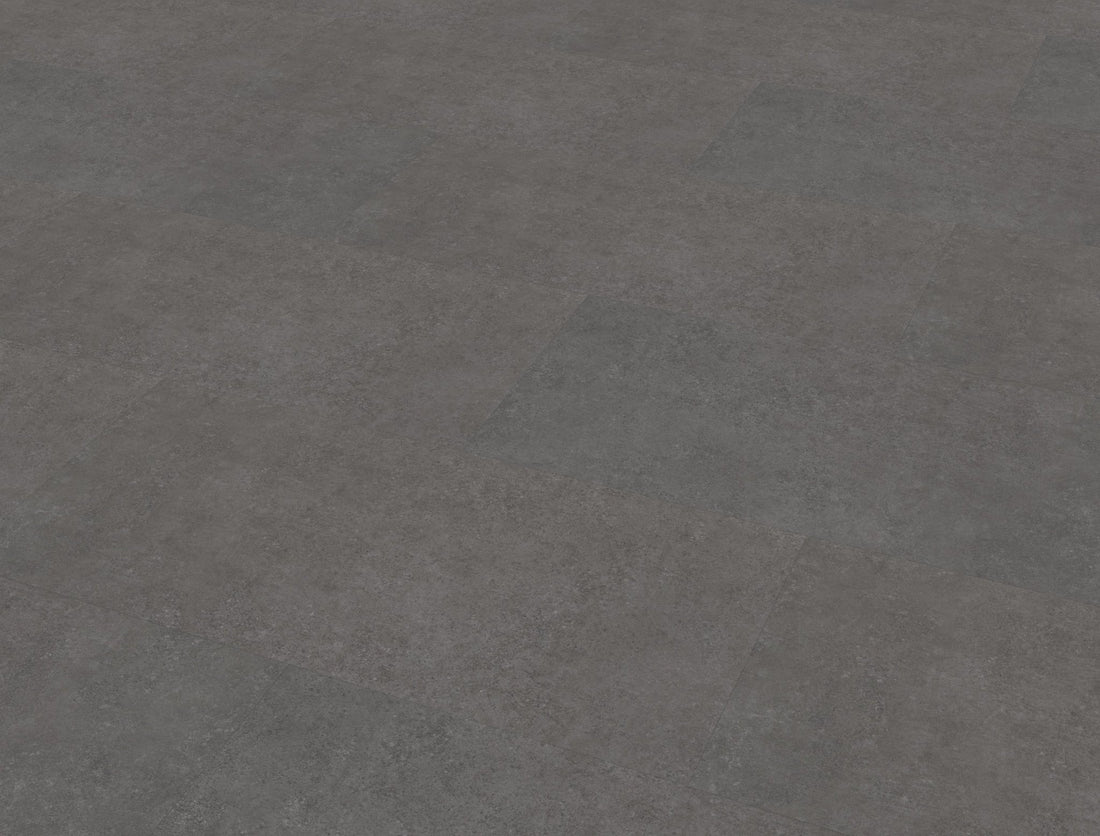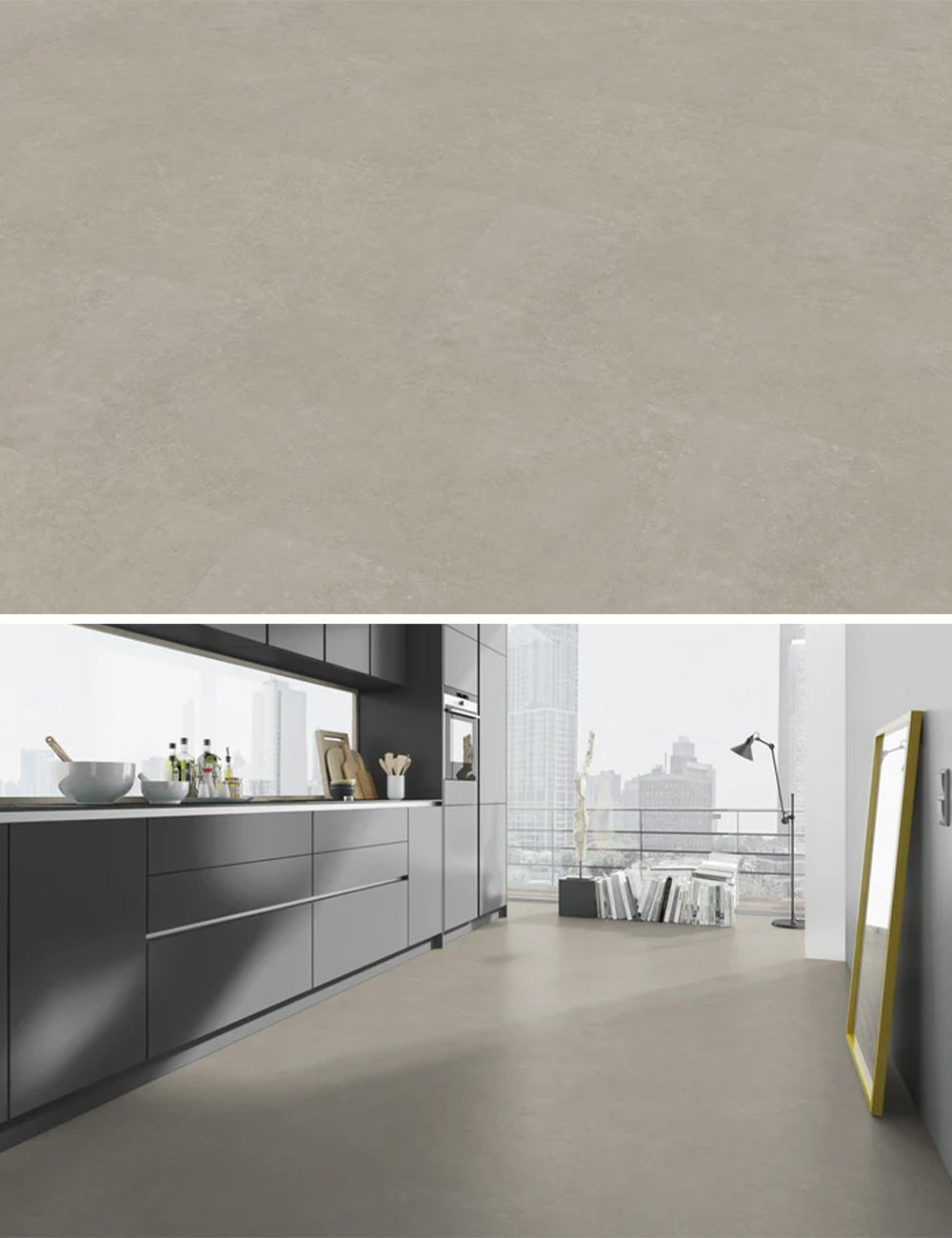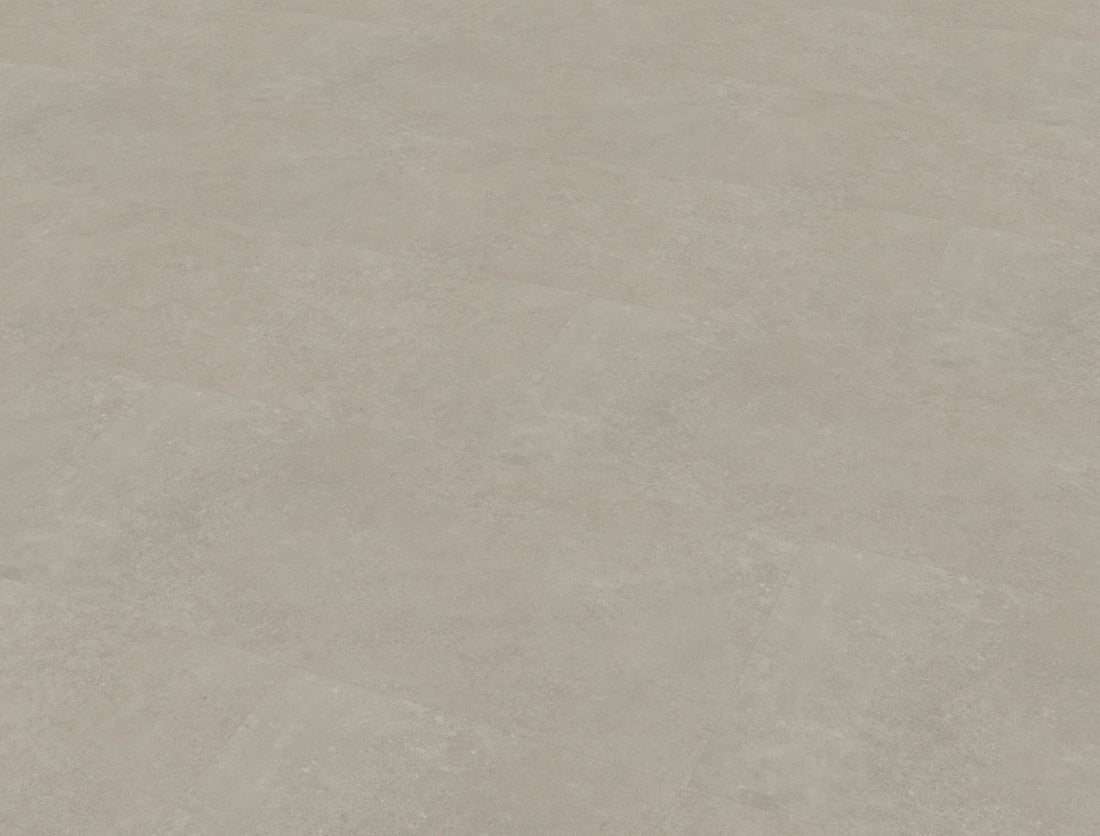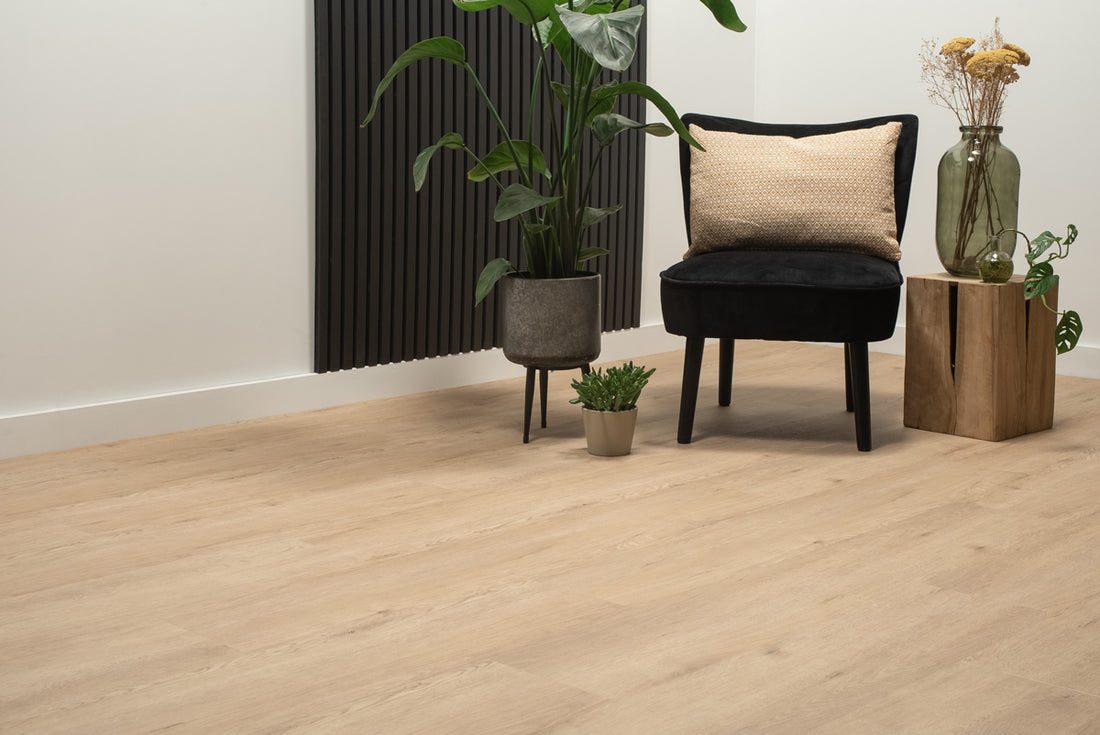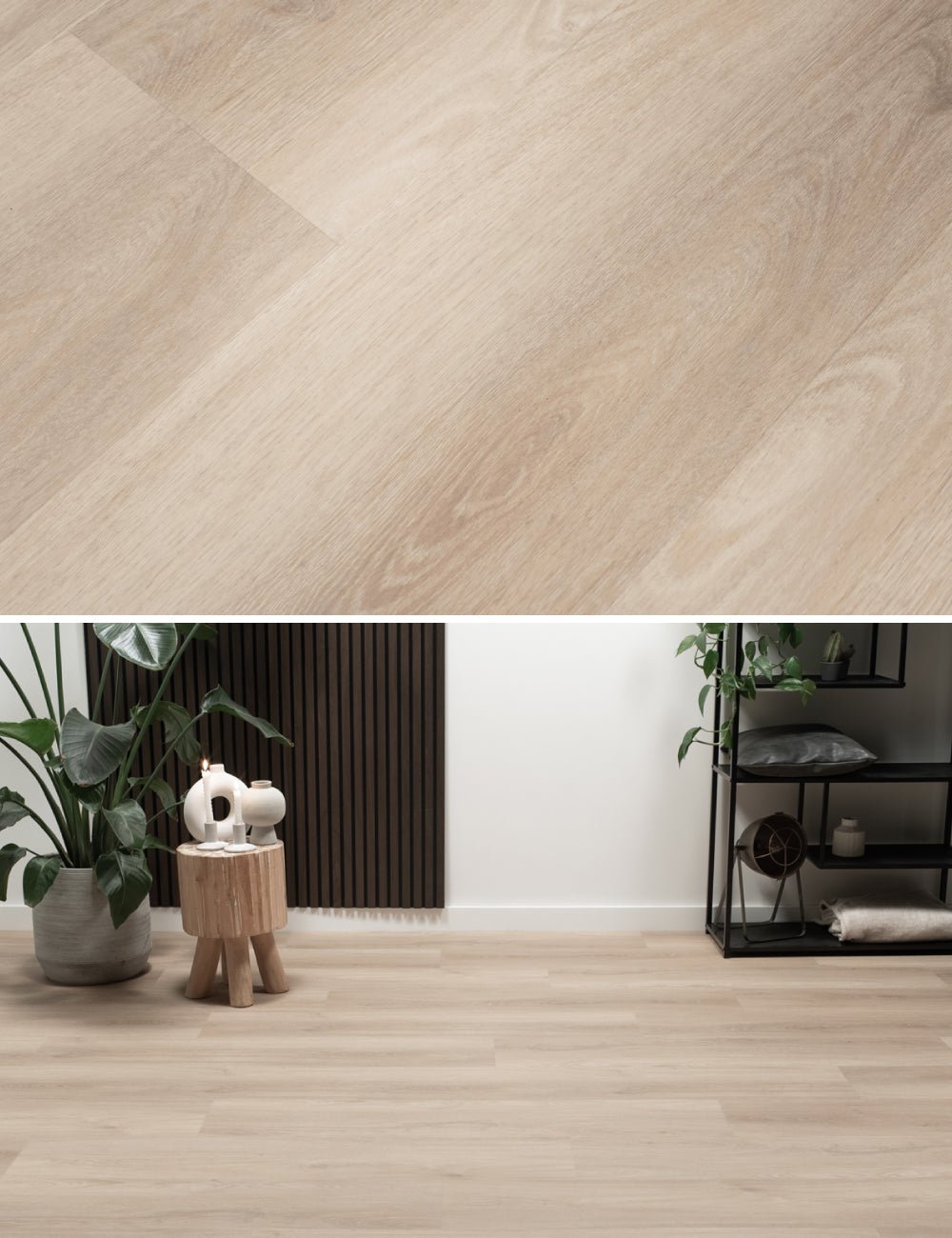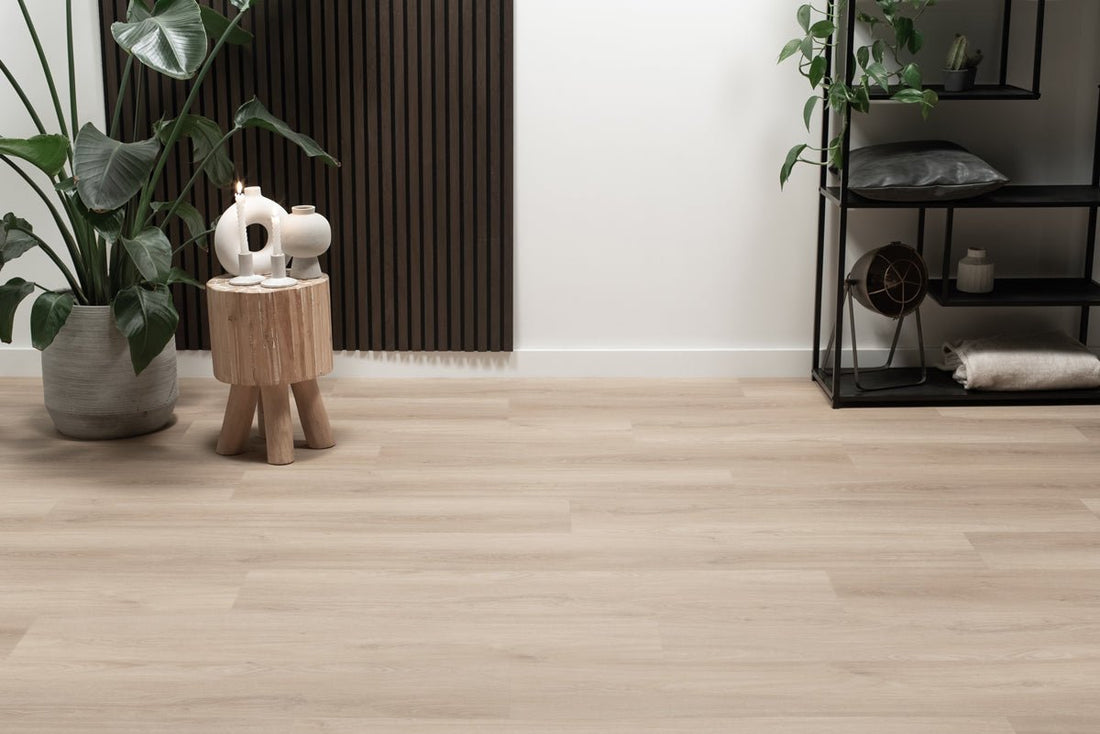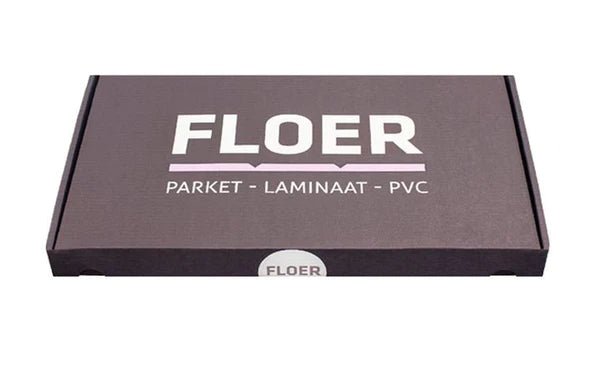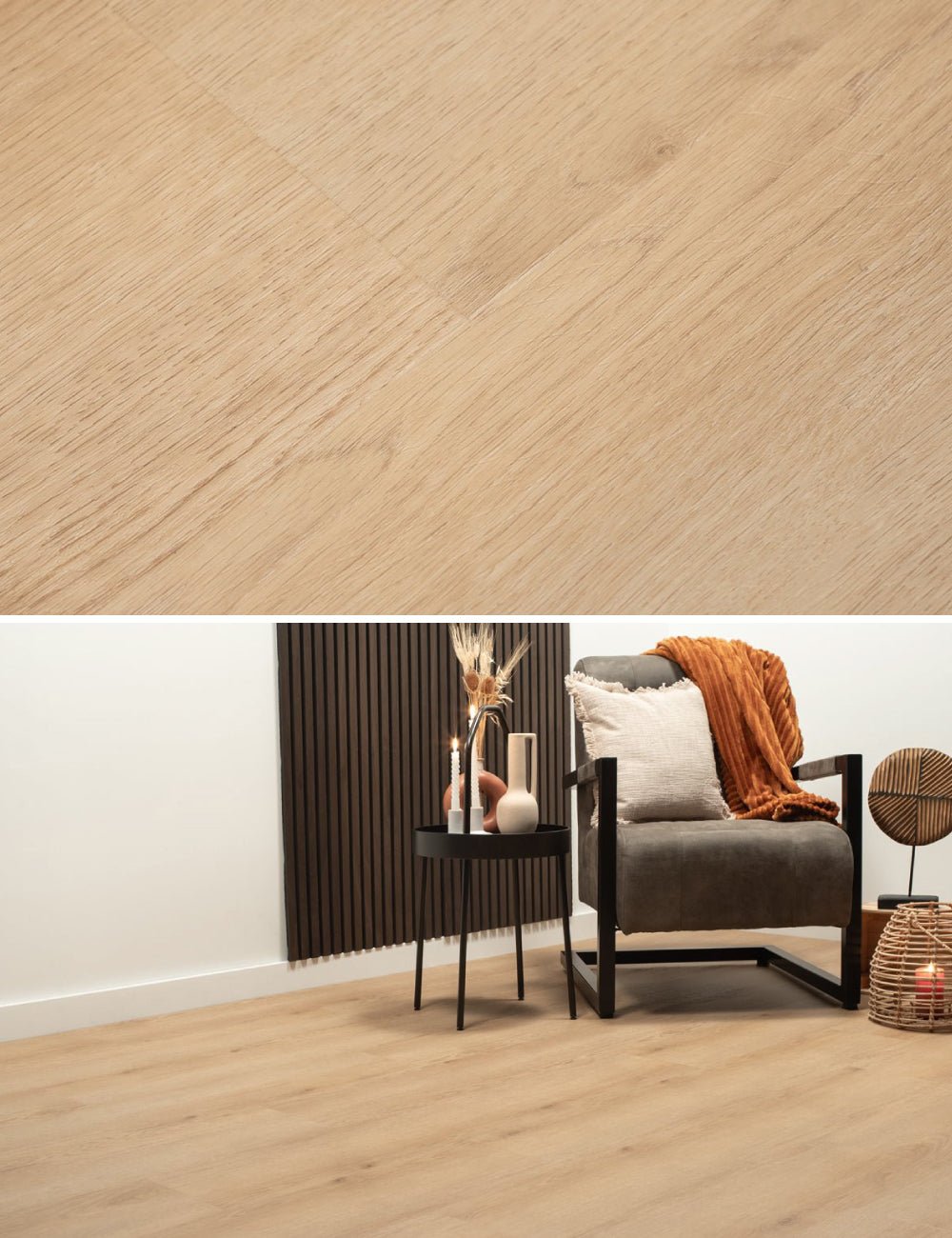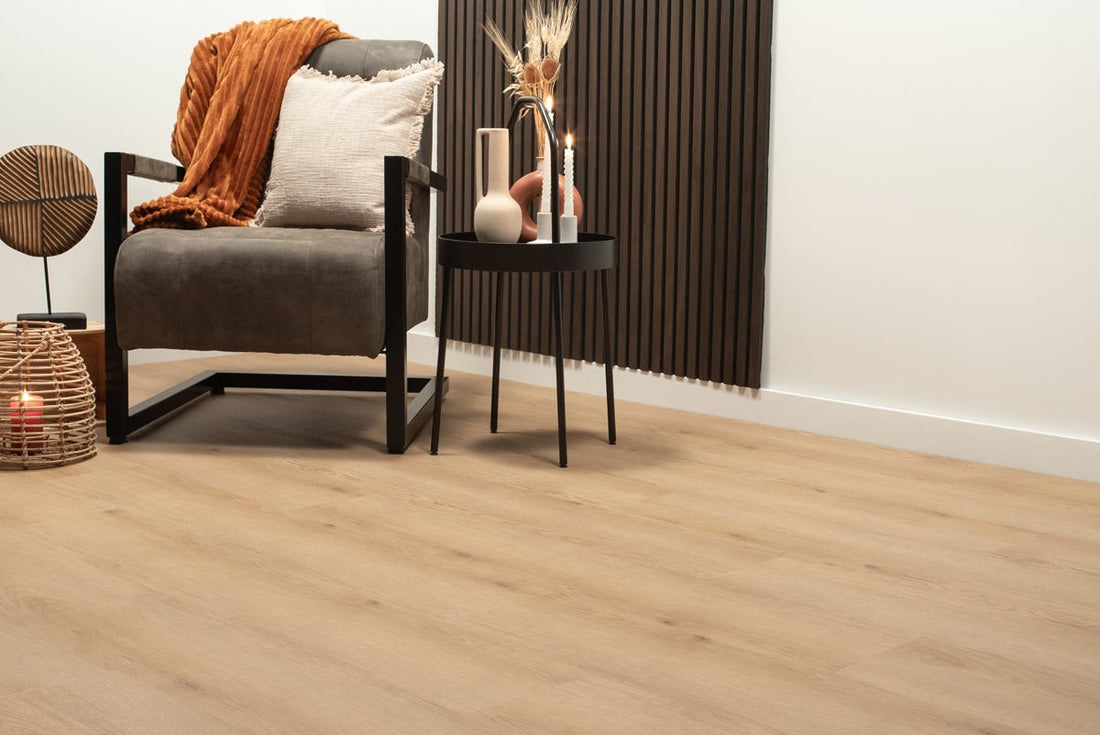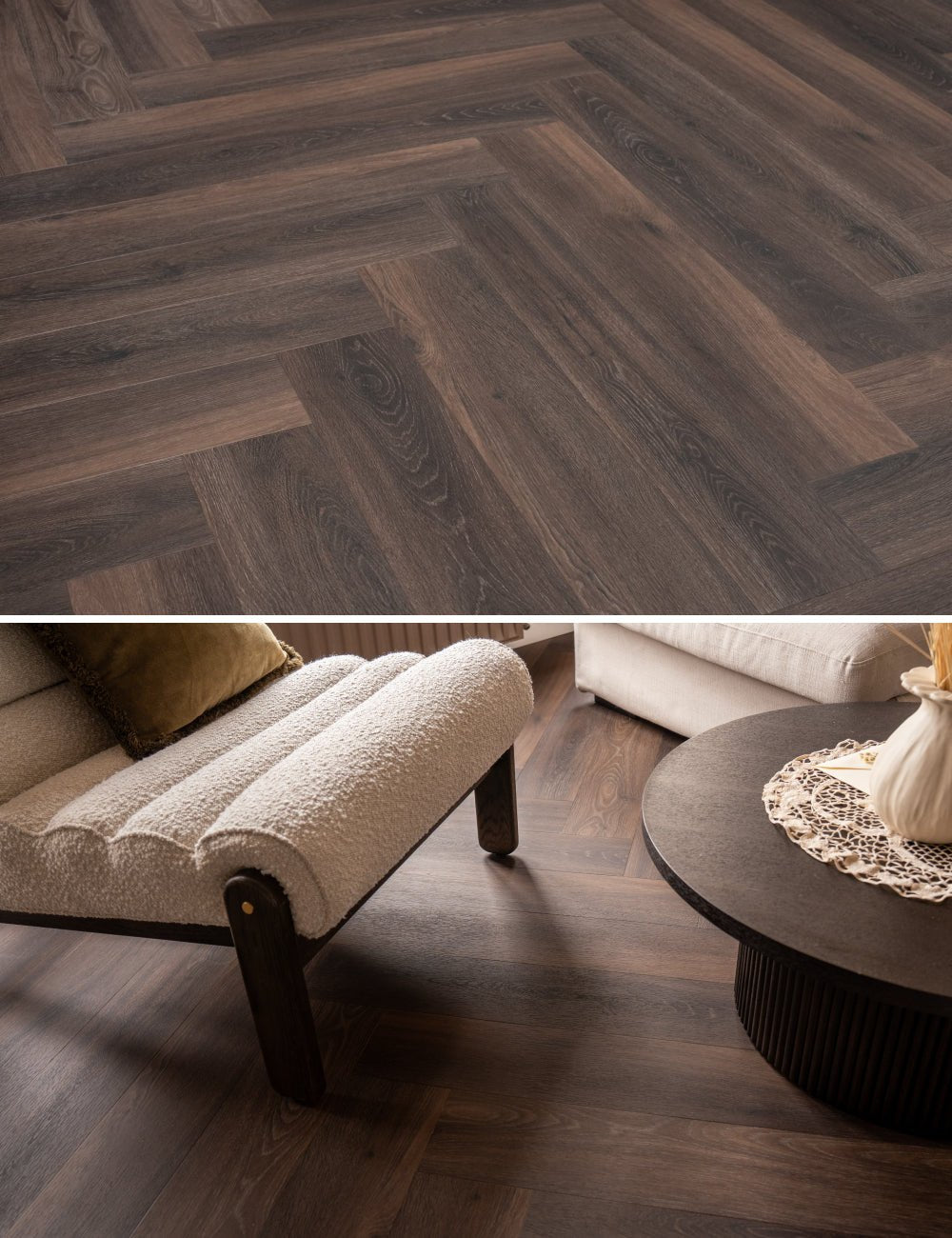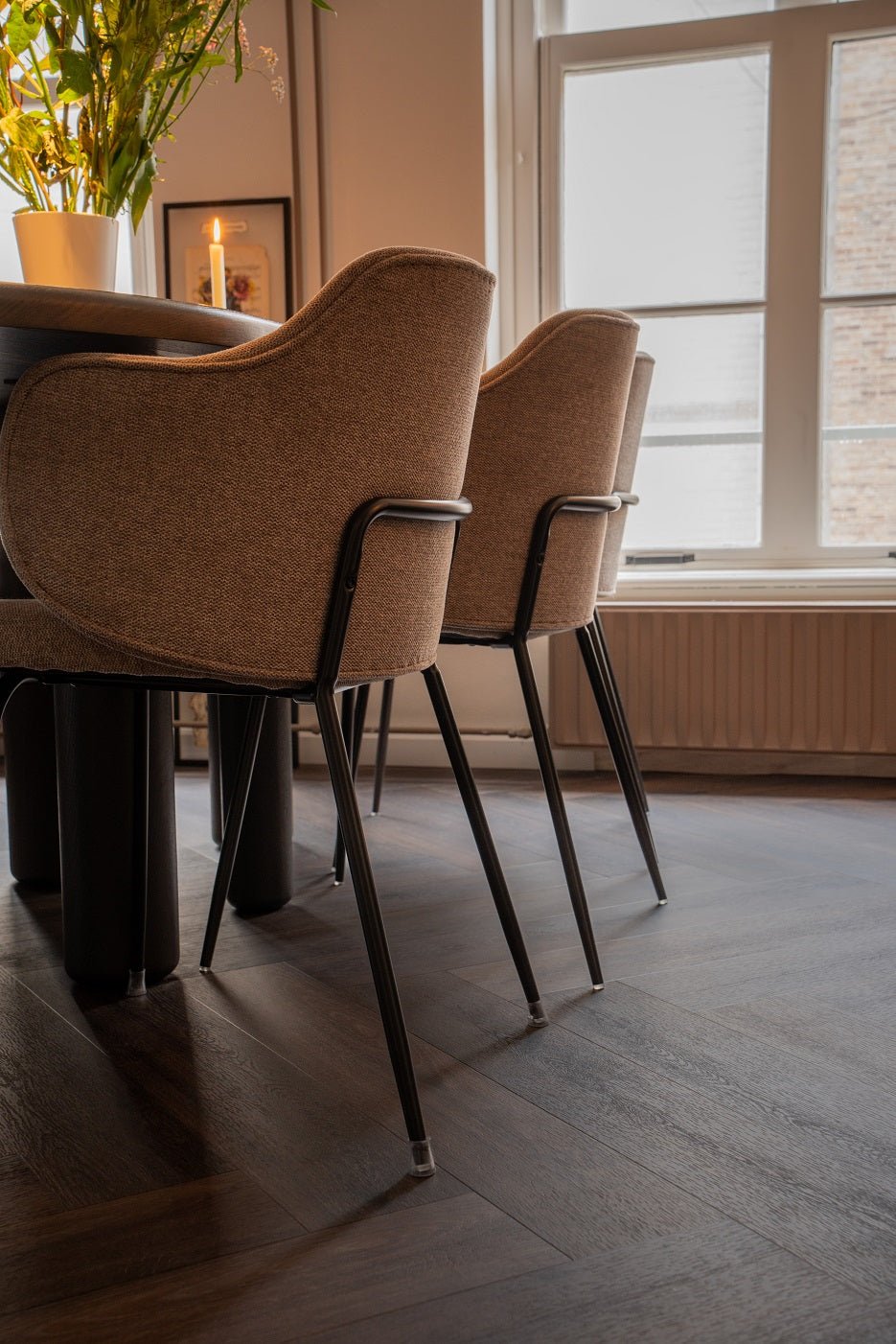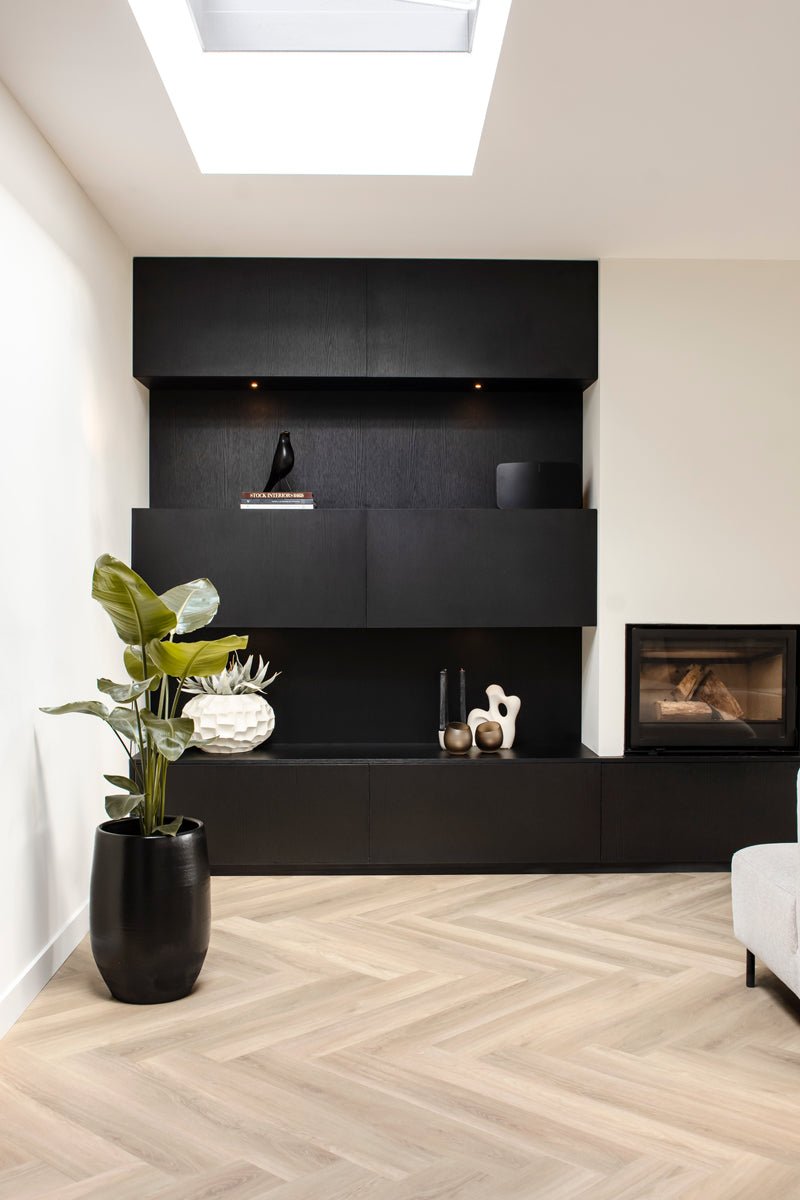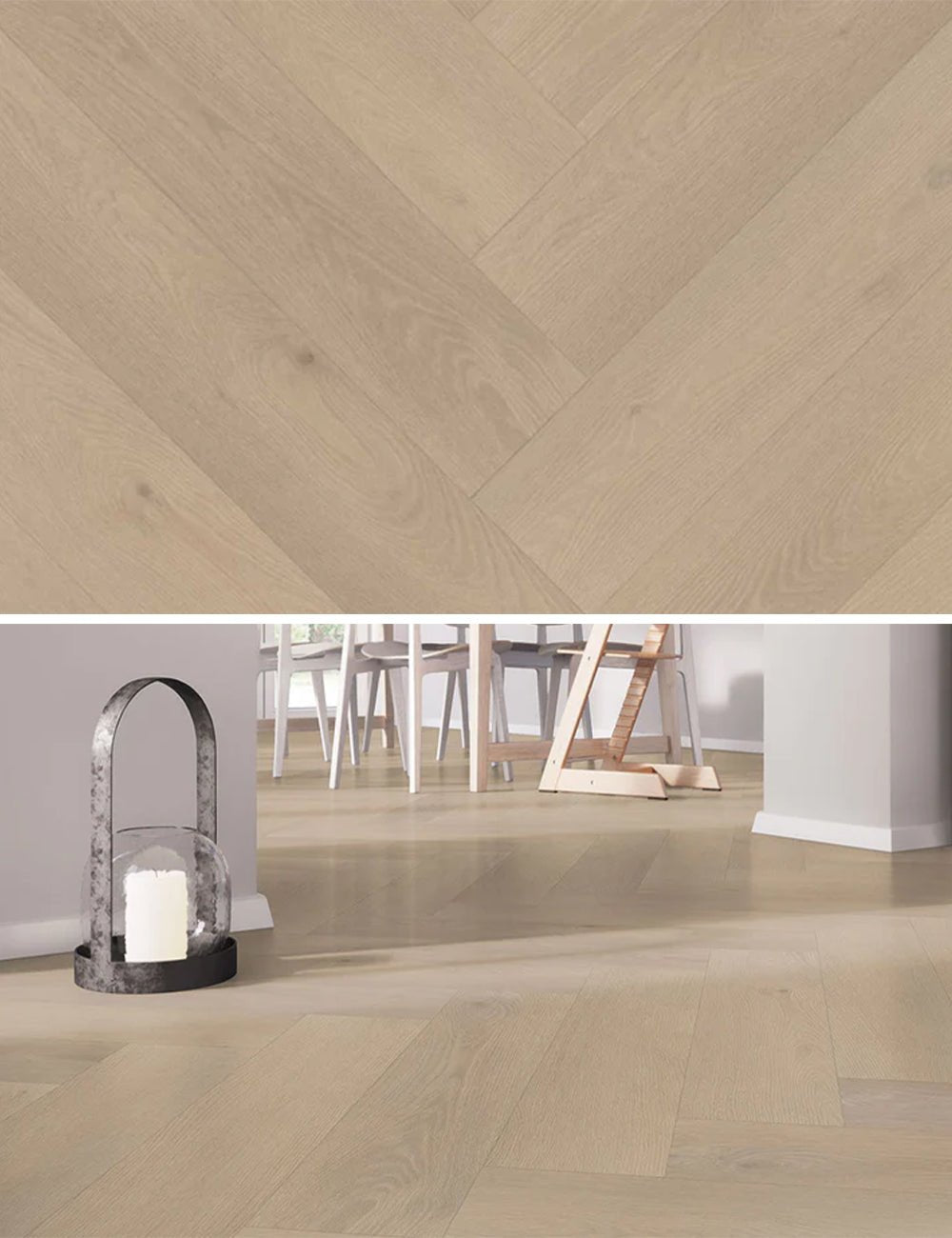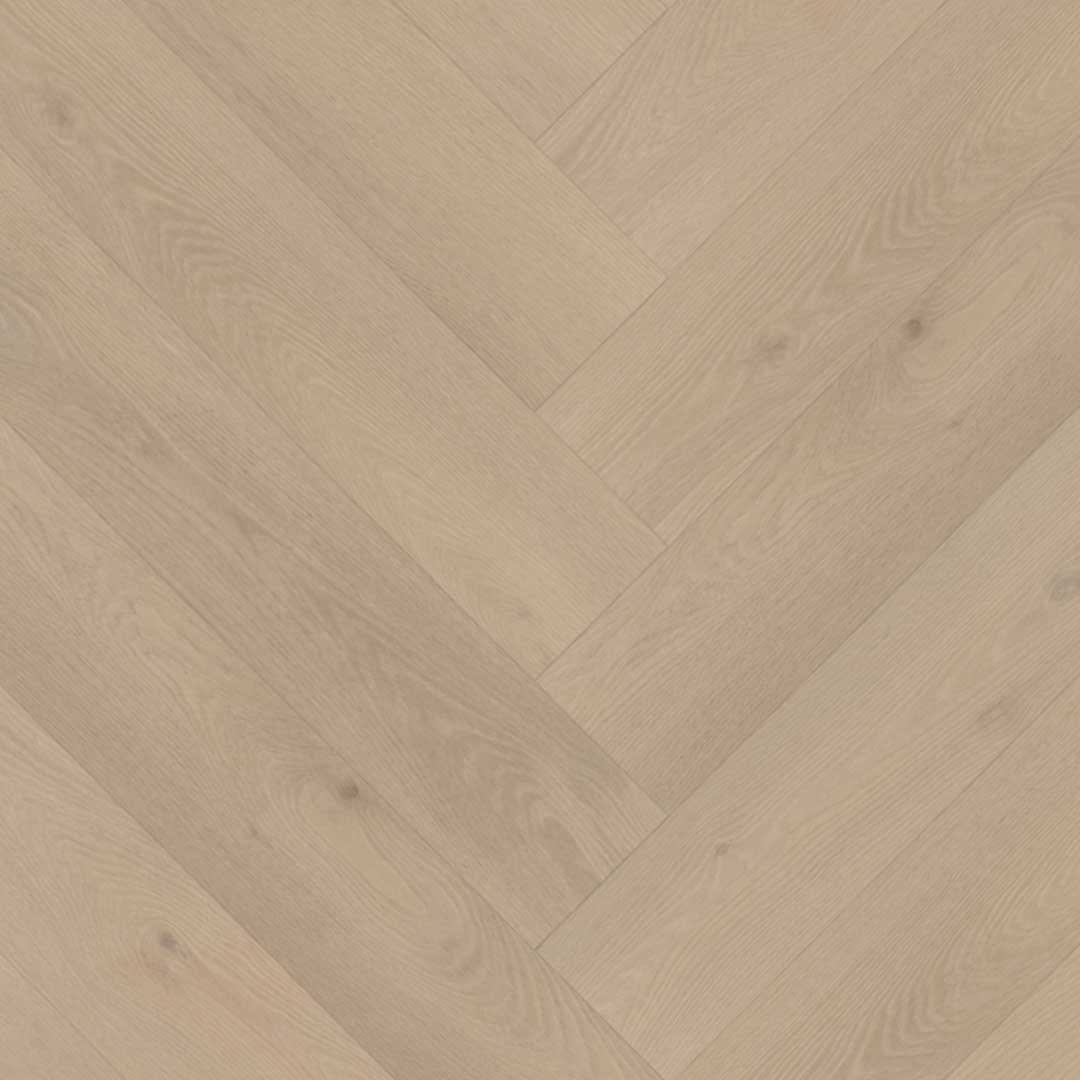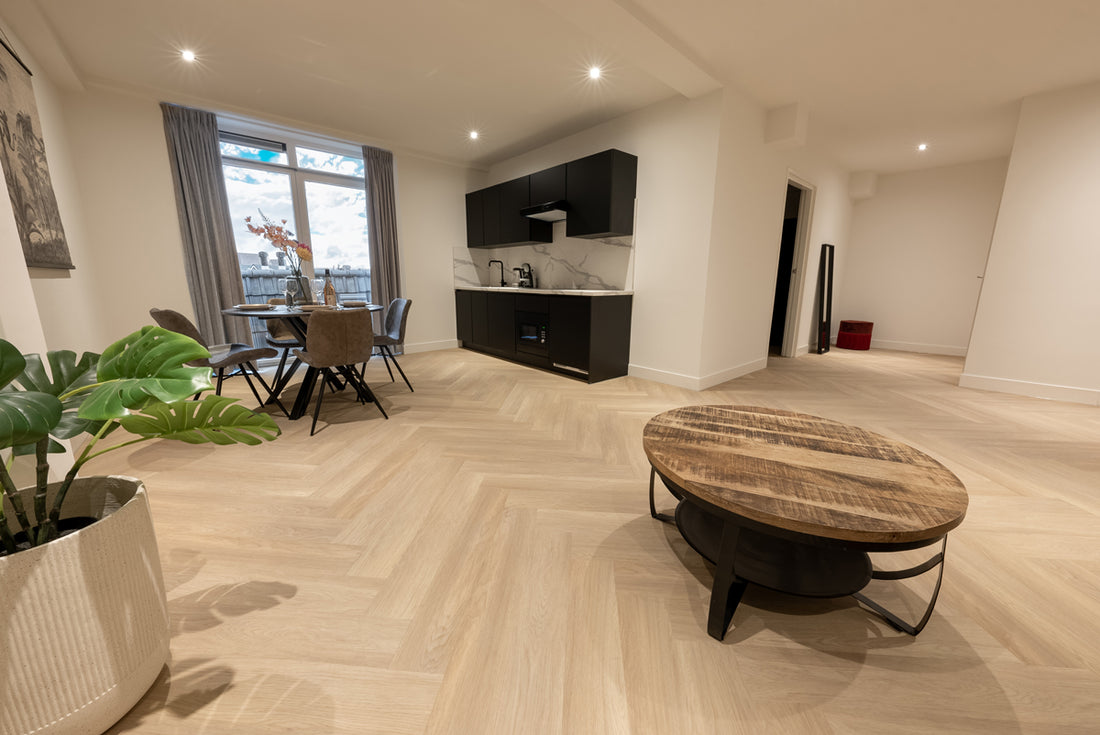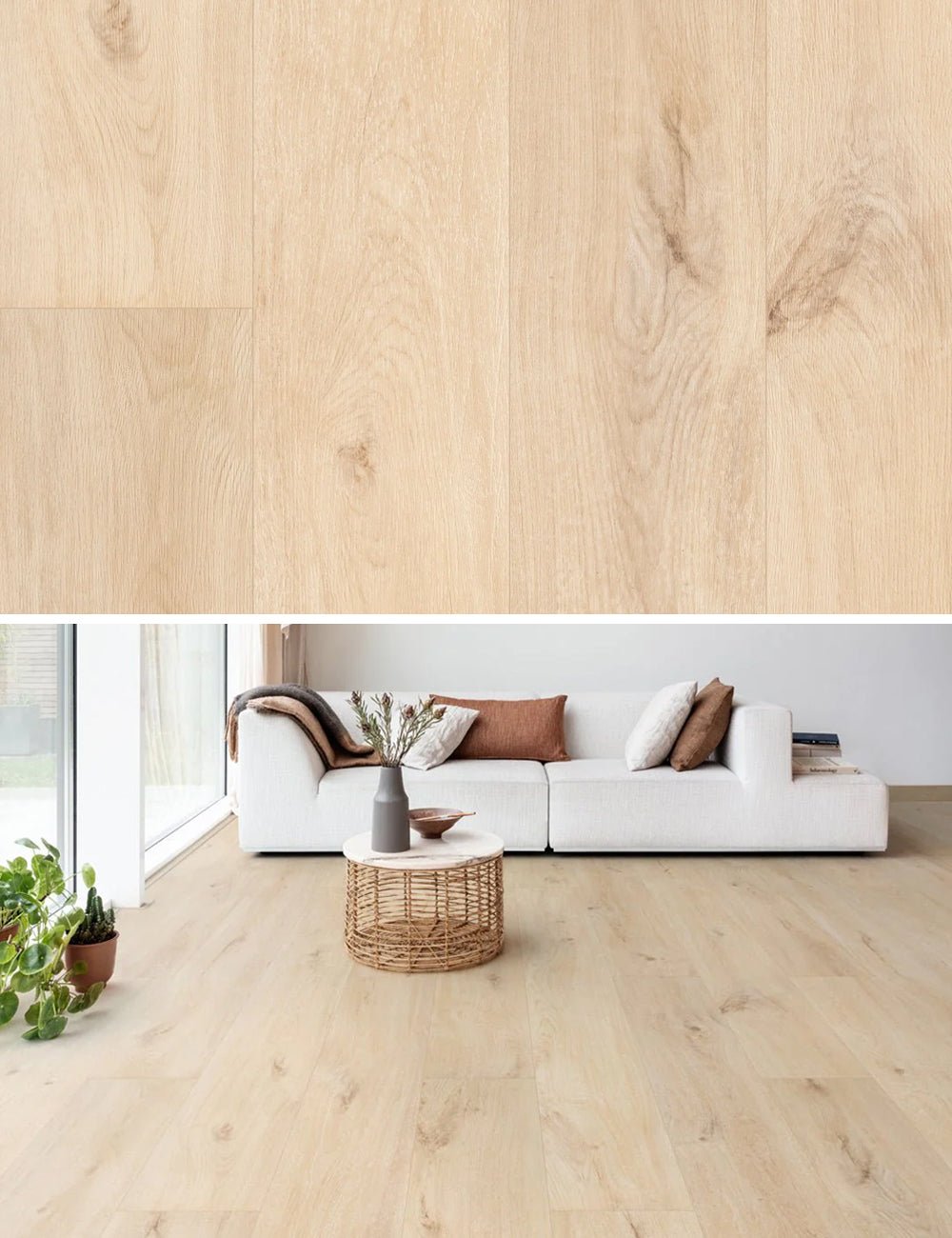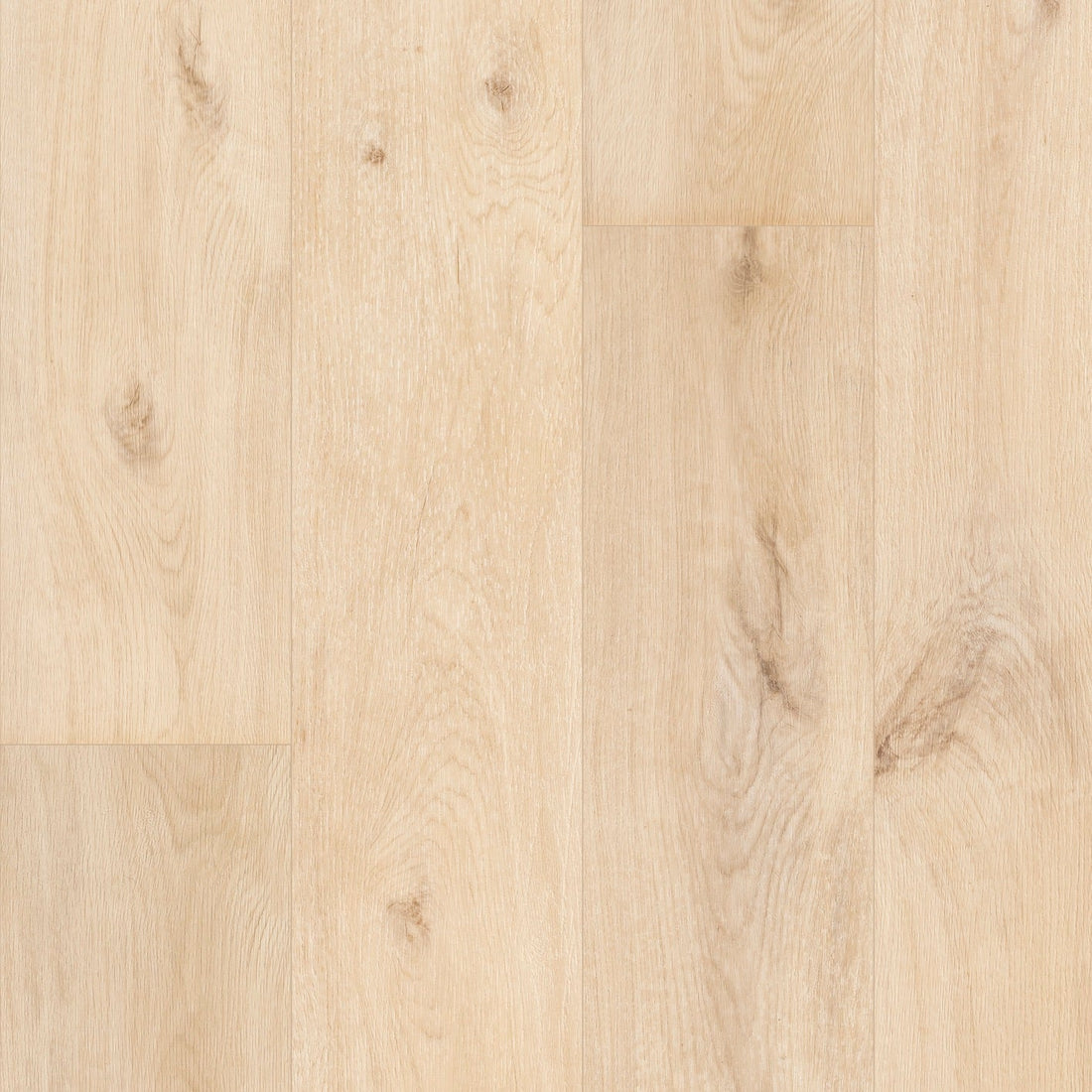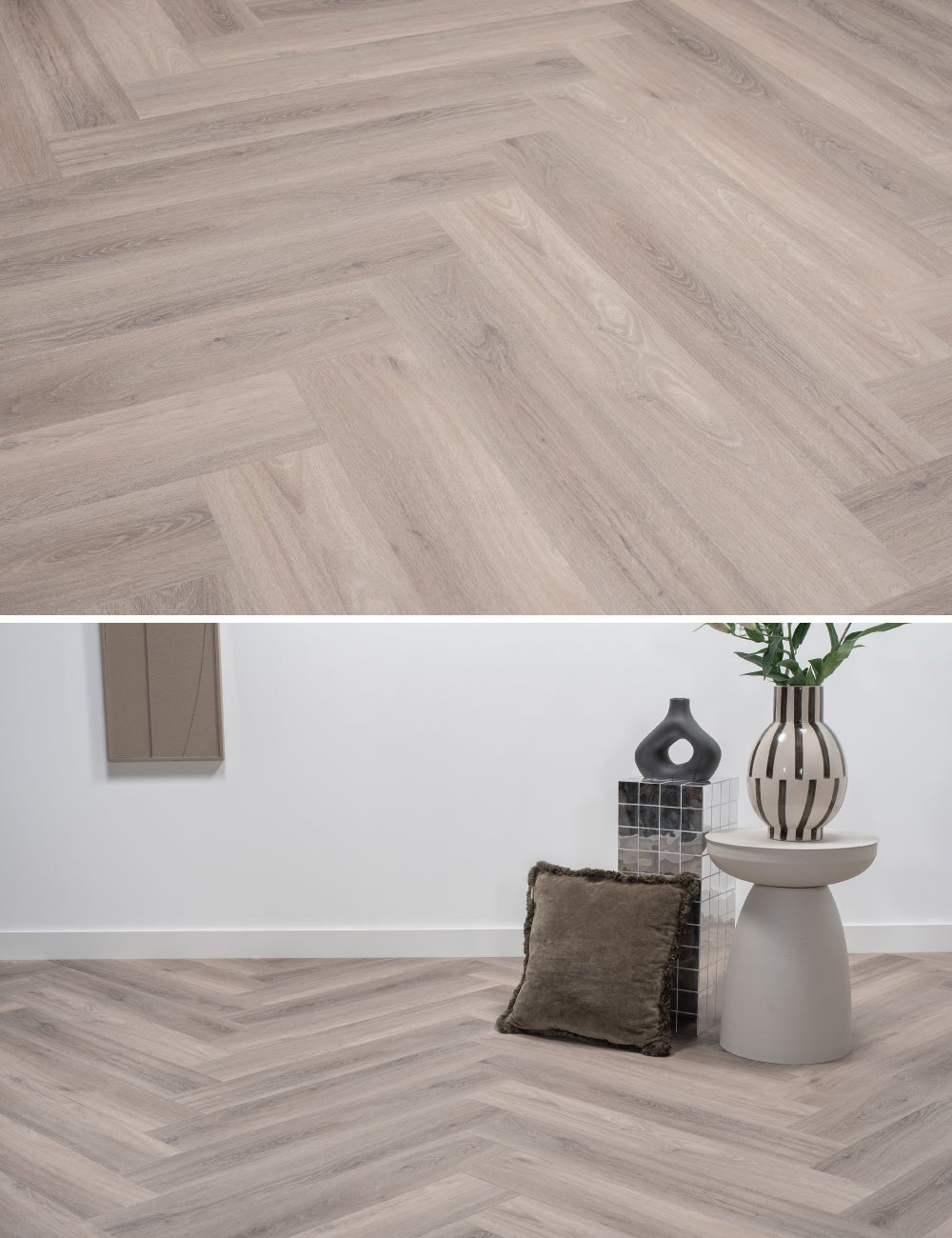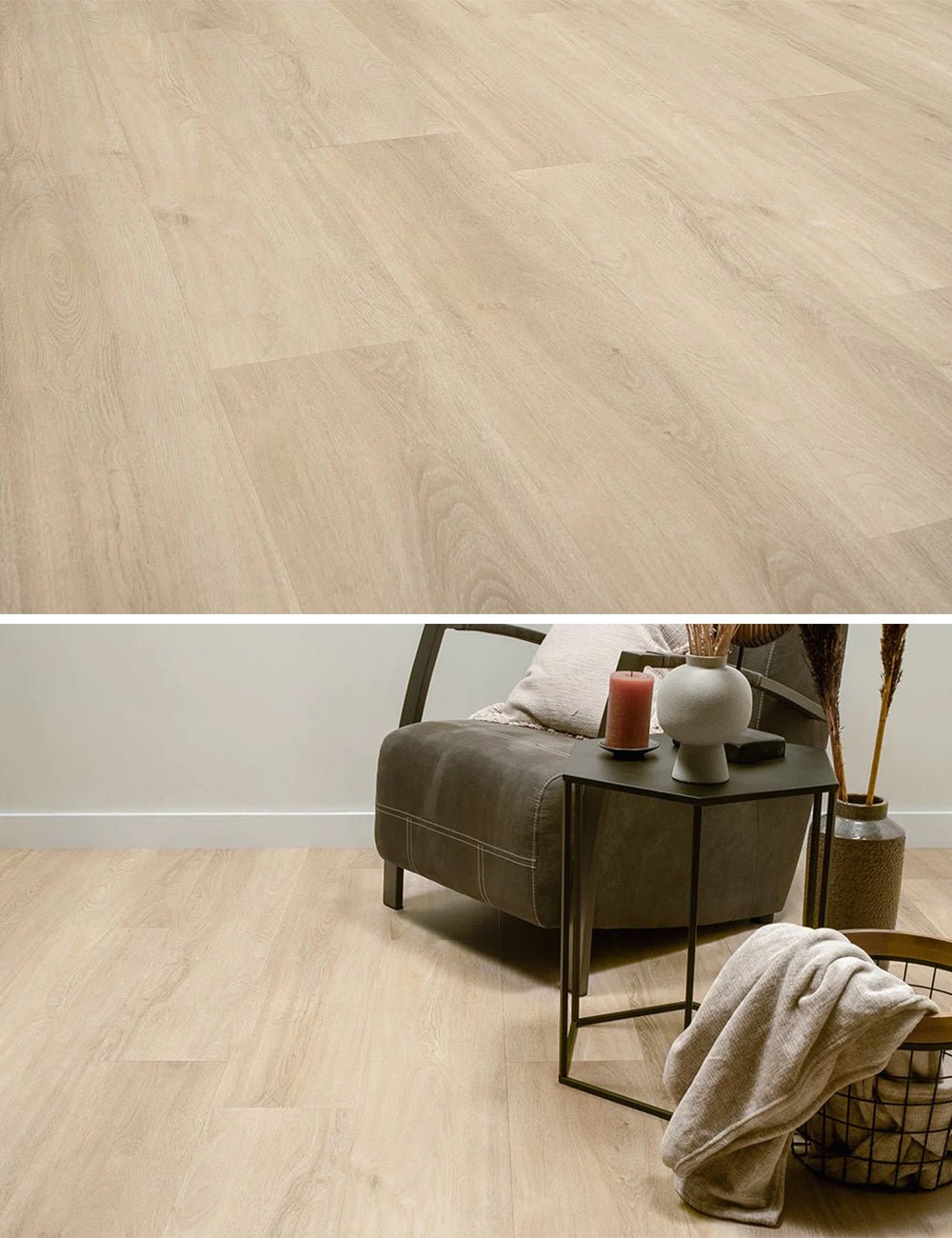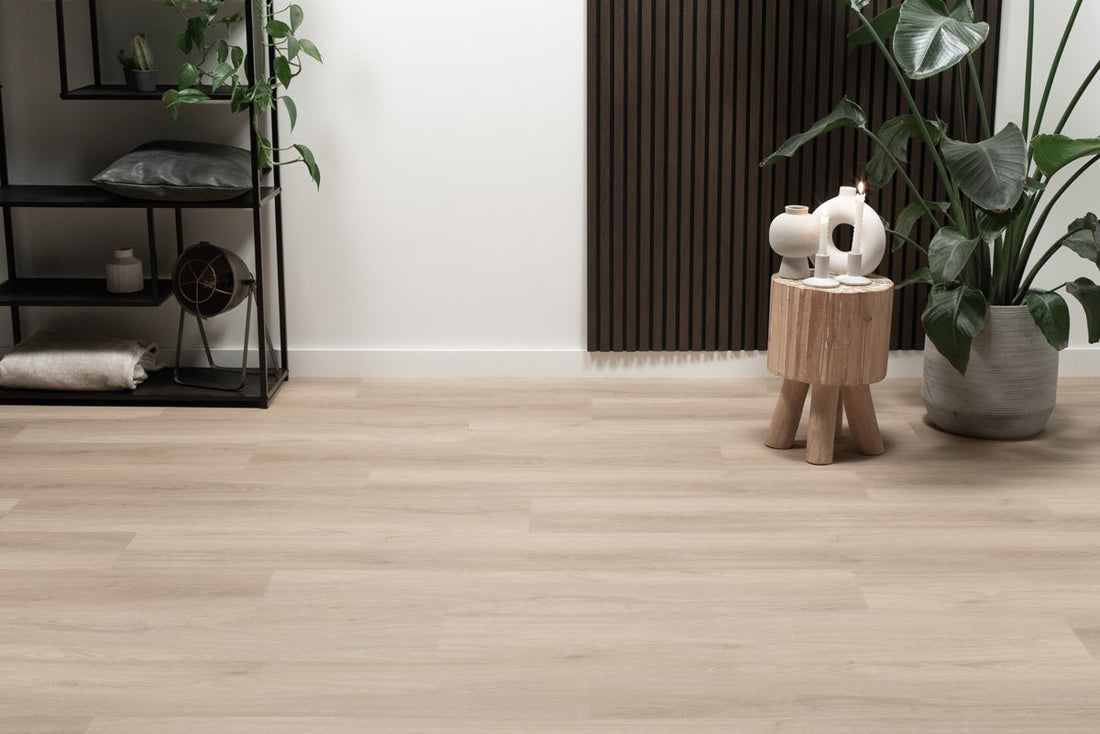Vinyl flooring
Filtre
Floer Whalebone Click PVC Espadon Noir FLR-3917 - MEGAMAT
Solza Herringbone Click PVC - Lubbock
Solza Herringbone Click PVC - Dallas - EXPIRANT !
Solza Herringbone Click PVC - Austin - DISCONTINUÉ !
Solza Herringbone Click PVC - Arlington - DISCONTINUÉ !
Belakos Touchstone Grand 110 Carrelage Dryback PVC
Belakos Touchstone Grand 120 Carrelage Dryback PVC
Belakos Touchstone Grand 130 Carrelage Dryback PVC
Belakos Touchstone Grand 140 Carrelage Dryback PVC
Belakos Touchstone Grand 150 Carrelage Dryback PVC
Belakos Touchstone Grand 160 Carrelage Dryback PVC
Belakos Touchstone Medium 101 Carrelage Dryback PVC
Belakos Touchstone Medium 102 Carrelage Dryback PVC
Belakos Touchstone Medium 103 Carrelage Dryback PVC
Belakos Touchstone Medium 104 Carrelage Dryback PVC
Belakos Touchstone Medium 105 Carrelage Dryback PVC
Belakos Touchstone Medium 106 Carrelage Dryback PVC
Sense E40 EIR V Herringbone Dryback PVC 60x12cm Blanc - Lot résiduel 64m2
Sense E40 Bandes PVC droites - 60m2
Floer Grolloo Gris Beige Chêne FLR-3041 - Villages Colle PVC - MEGAMAT
Sol PVC Naturel Clic Ordesa Non Traité FLR-3727 - MEGAMAT - Orka Straight
Échantillon Floer Natural Click PVC Ordesa Non Traité FLR-3727
Floer Natural Click PVC Brun Bernois FLR-3728 - MEGAMAT
Échantillon Floer Natural Click PVC Brun Bernois FLR-3728
- Featured
- Best selling
- Alphabetically, A-Z
- Alphabetically, Z-A
- Price, low to high
- Price, high to low
- Date, old to new
- Date, new to old
Are they PVC floors or vinyl floors?
A vinyl floor, also known as PVC floor, is a modern and versatile floor covering that is popular in both the Netherlands and Belgium. These floors are made of multiple layers of synthetic material, of which vinyl is an essential part. The similarity between vinyl flooring and PVC flooring is that they both use polyvinyl chloride (PVC), a durable and resilient material that ensures their durability and resistance to wear. The difference in terminology between the Netherlands and Belgium - often referring to "PVC floors" in the Netherlands and "vinyl floors" in Belgium - does not detract from the quality and functionality of these floors. They are available in a variety of designs and textures, making them perfect for both residential and commercial spaces, offering a low-maintenance and attractive flooring solution that will last.
Questions fréquemment posées sur Vinyl flooring
Que sont les sols en vinyle ?
Les sols en vinyle sont des sols synthétiques constitués de plusieurs couches de plastique (PVC). Ils sont connus pour leur durabilité, leur résistance à l’eau et la polyvalence de leurs conceptions. Les sols en vinyle sont disponibles dans une variété de motifs et de couleurs, notamment des aspects bois, pierre et béton.
Quels sont les avantages du revêtement de sol en vinyle ?
Les sols en vinyle offrent de nombreux avantages. Ils sont résistants, confortables à la marche et résistants à l'eau, ce qui les rend adaptés aux zones humides telles que les cuisines et les salles de bains. De plus, ils sont insonorisants, faciles à entretenir et souvent moins chers que les matériaux naturels comme le bois ou la pierre.
Les sols en vinyle sont-ils adaptés au chauffage par le sol ?
Oui, les sols en vinyle sont parfaitement adaptés au chauffage par le sol. Ils conduisent bien la chaleur et restent confortables. Il est important de vérifier si le sol en vinyle spécifique est adapté au chauffage par le sol et de le poser sur une surface plane.
Comment sont installés les sols en vinyle ?
Les sols en vinyle peuvent être installés par collage ou par pose libre, selon le sol et le support. Lors d'une pose collée, il est important que le sous-plancher soit complètement plat et propre. Les sols en vinyle à pose libre sont souvent dotés d'une sous-couche antidérapante.












